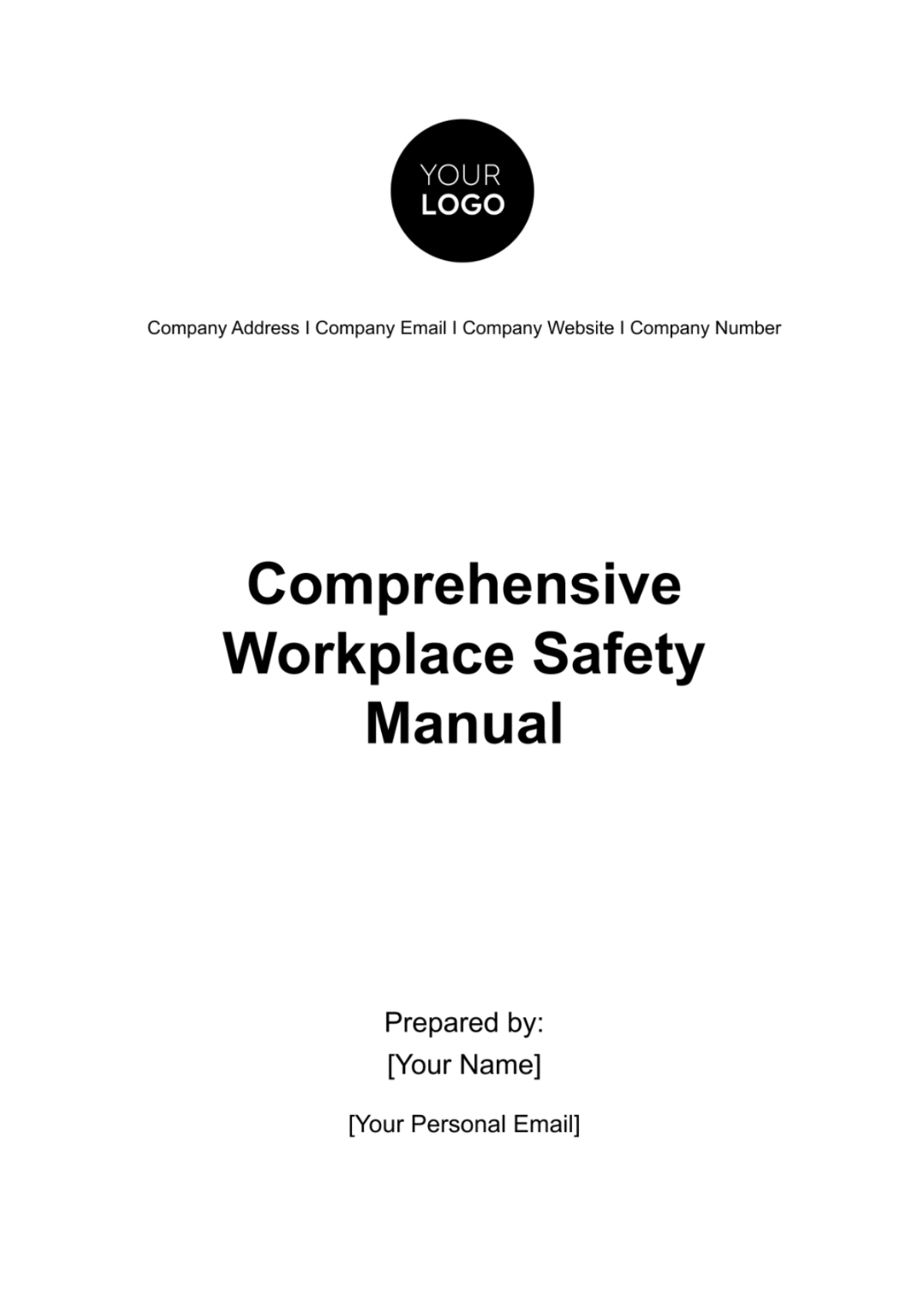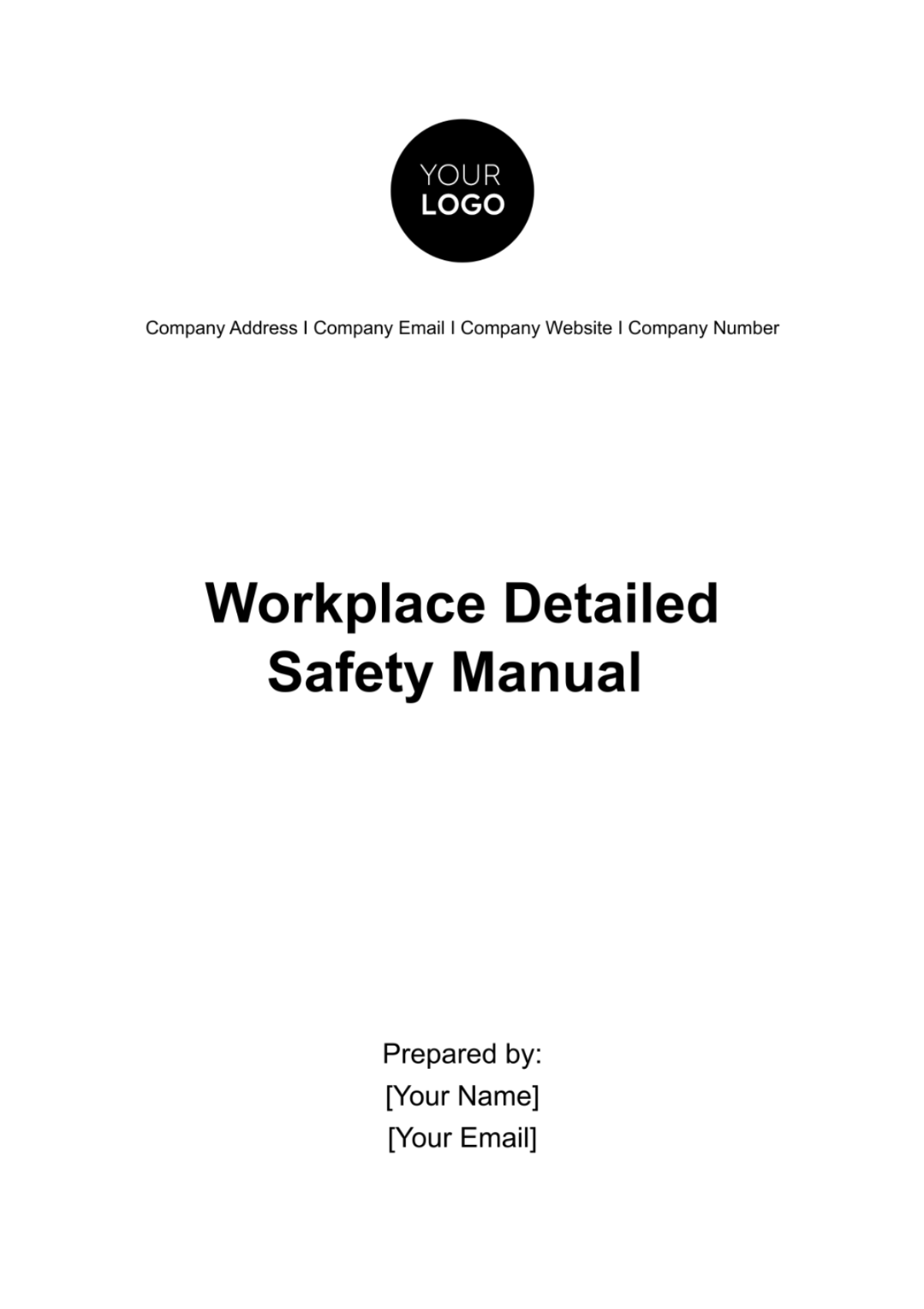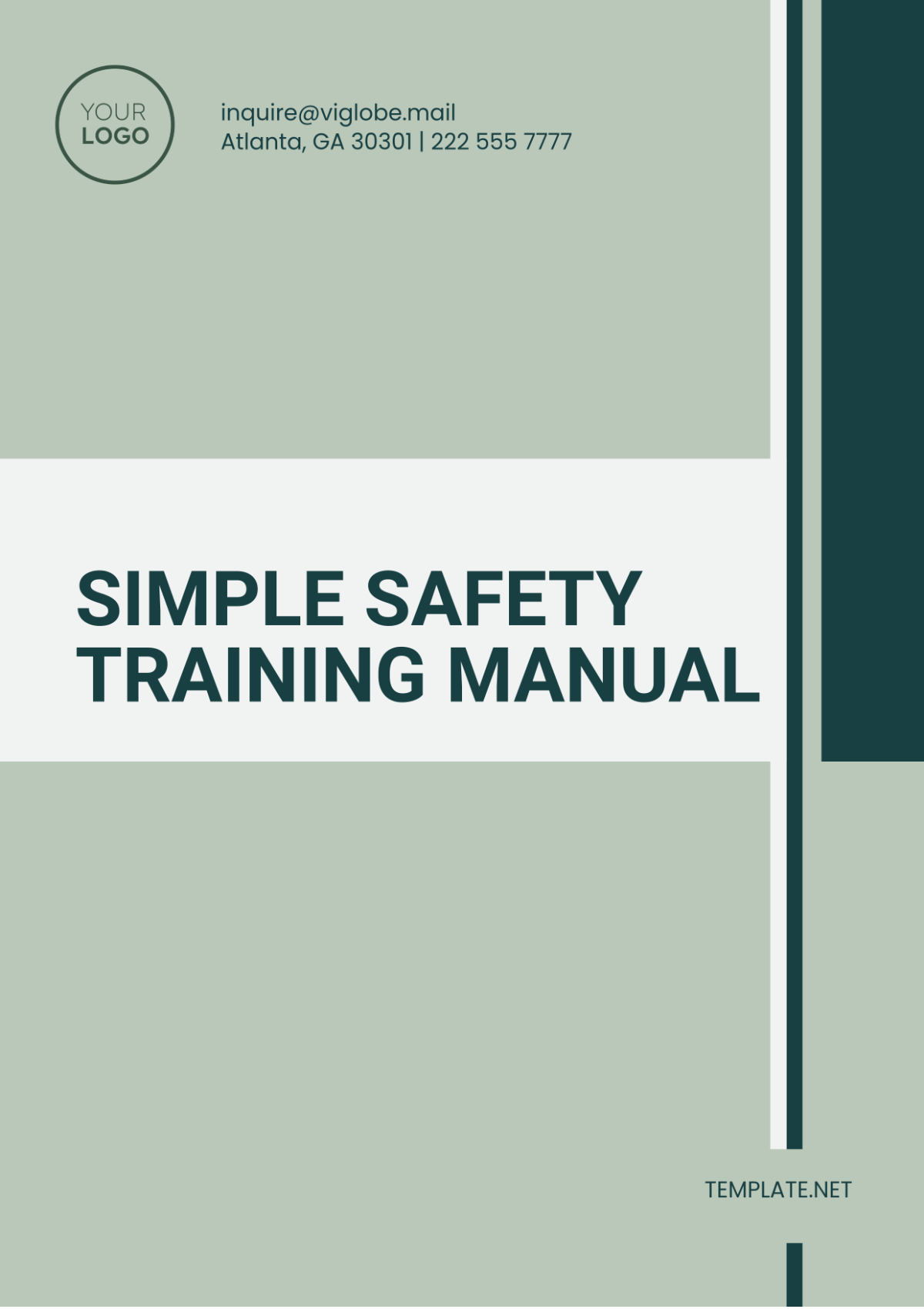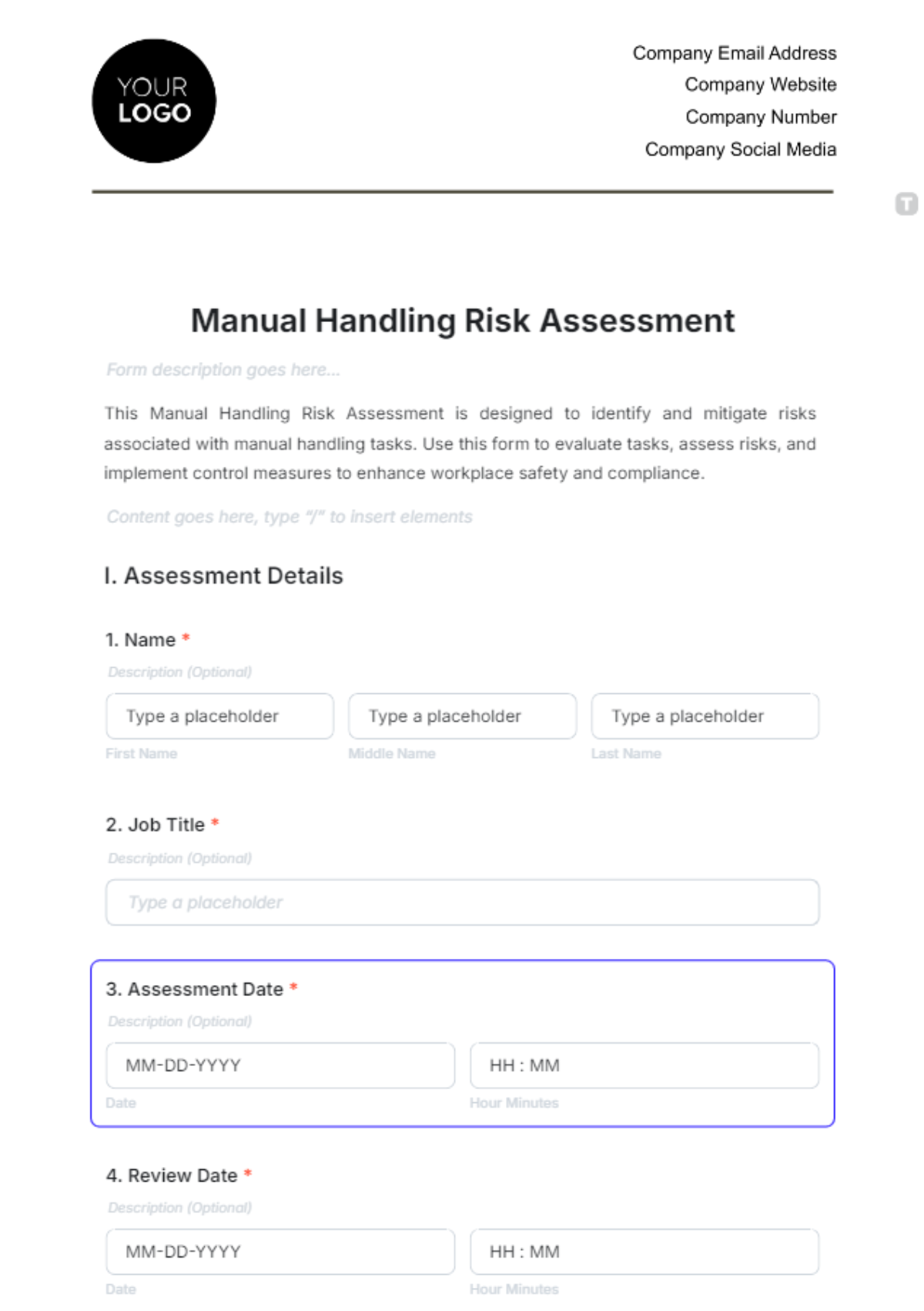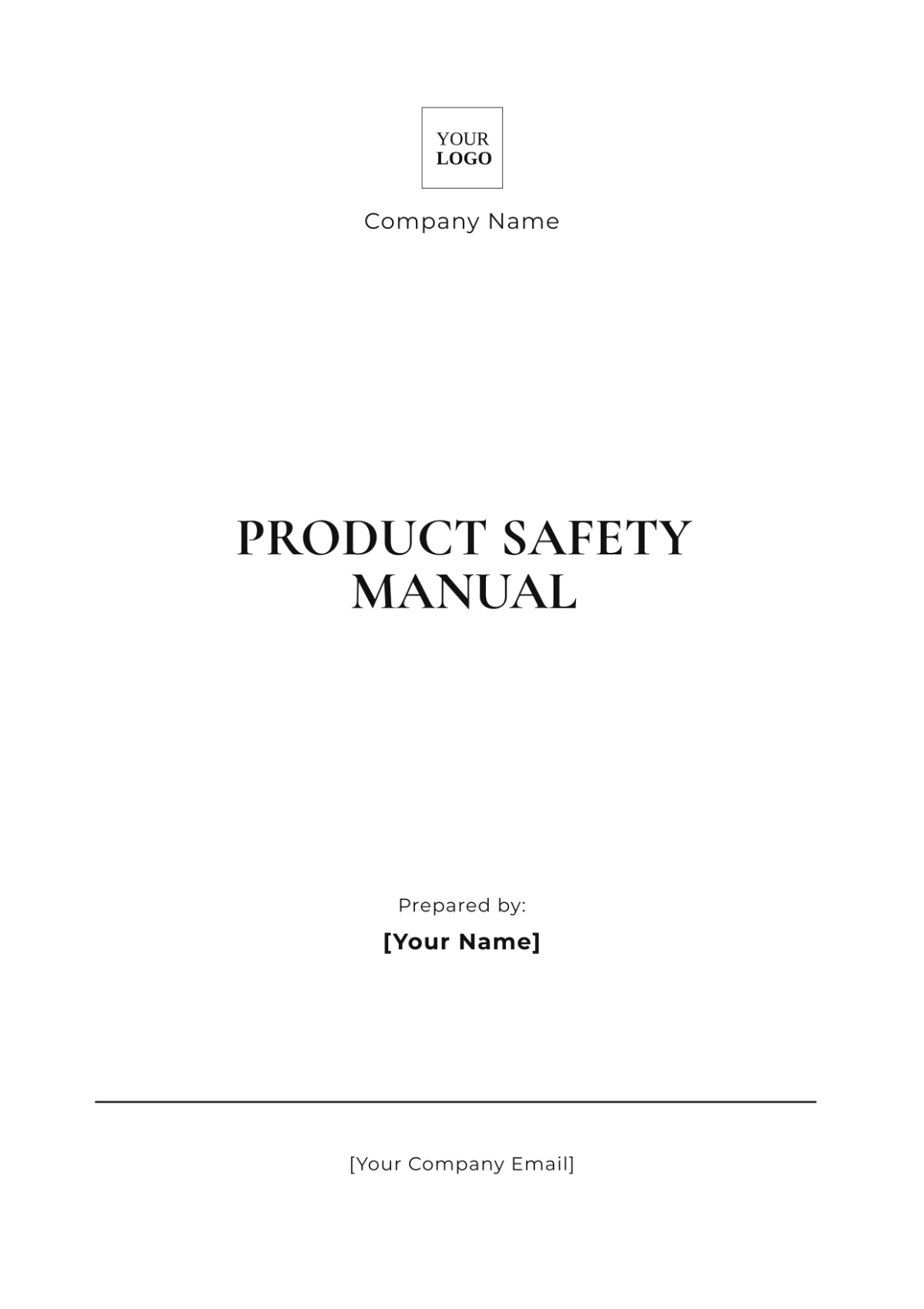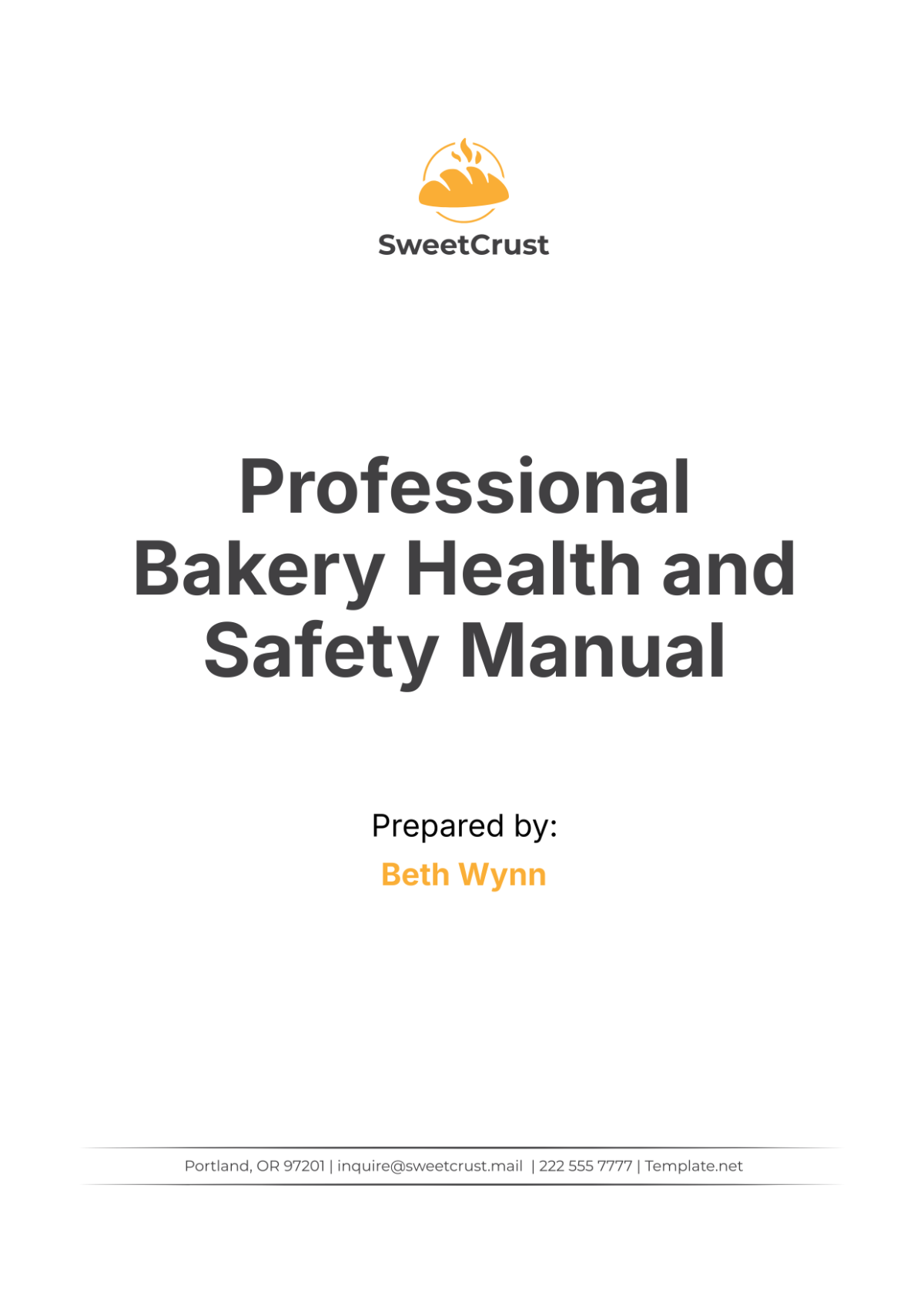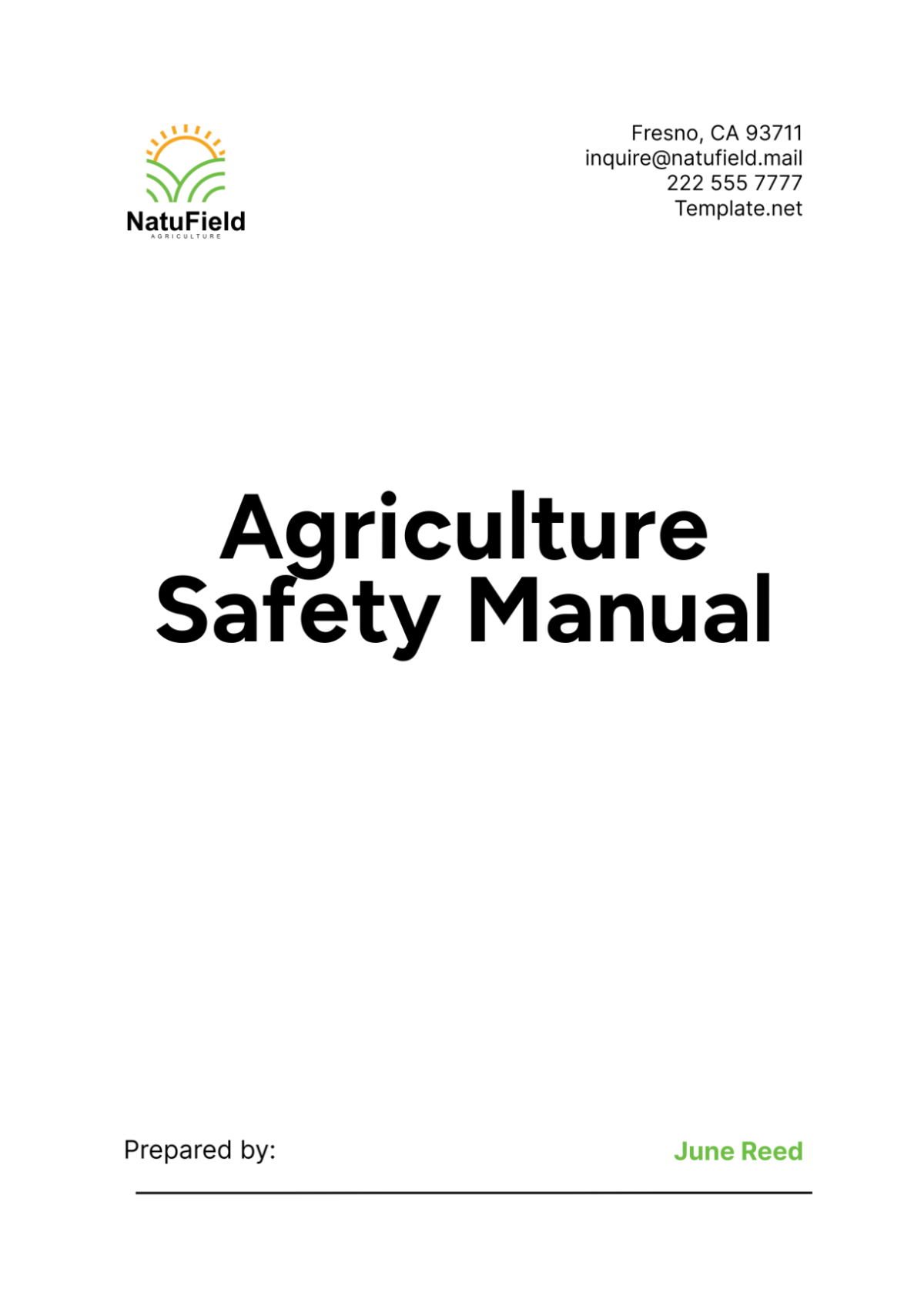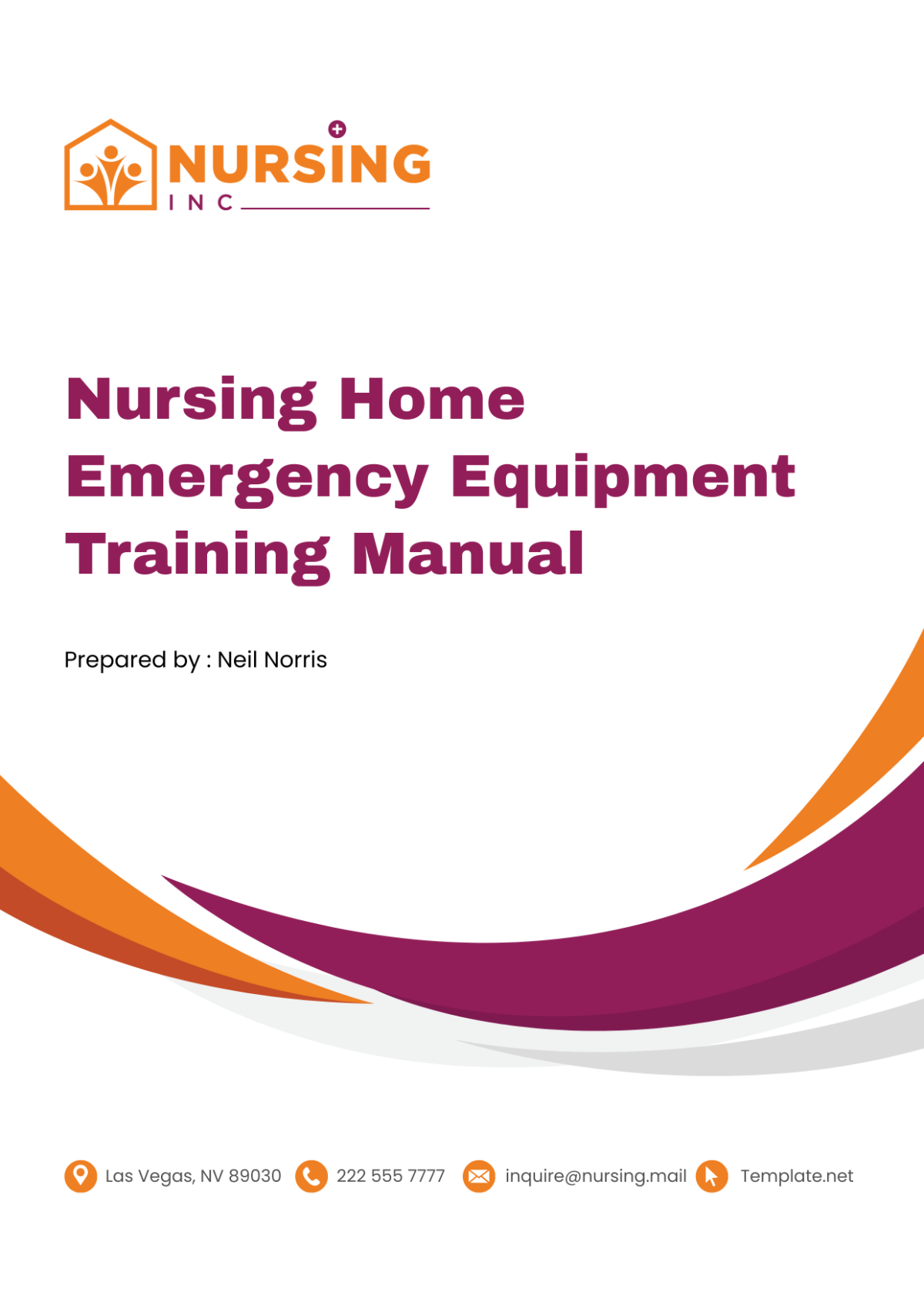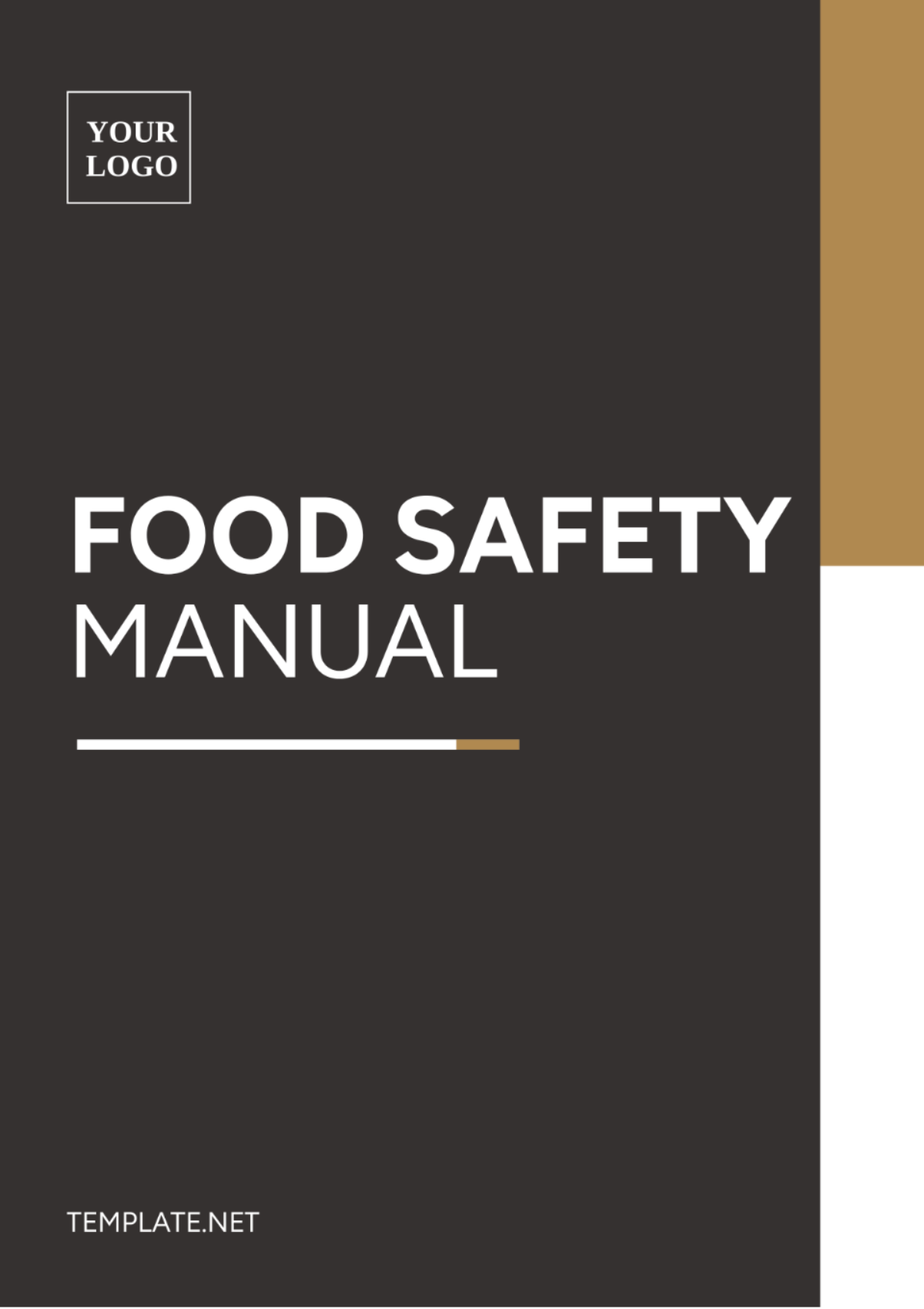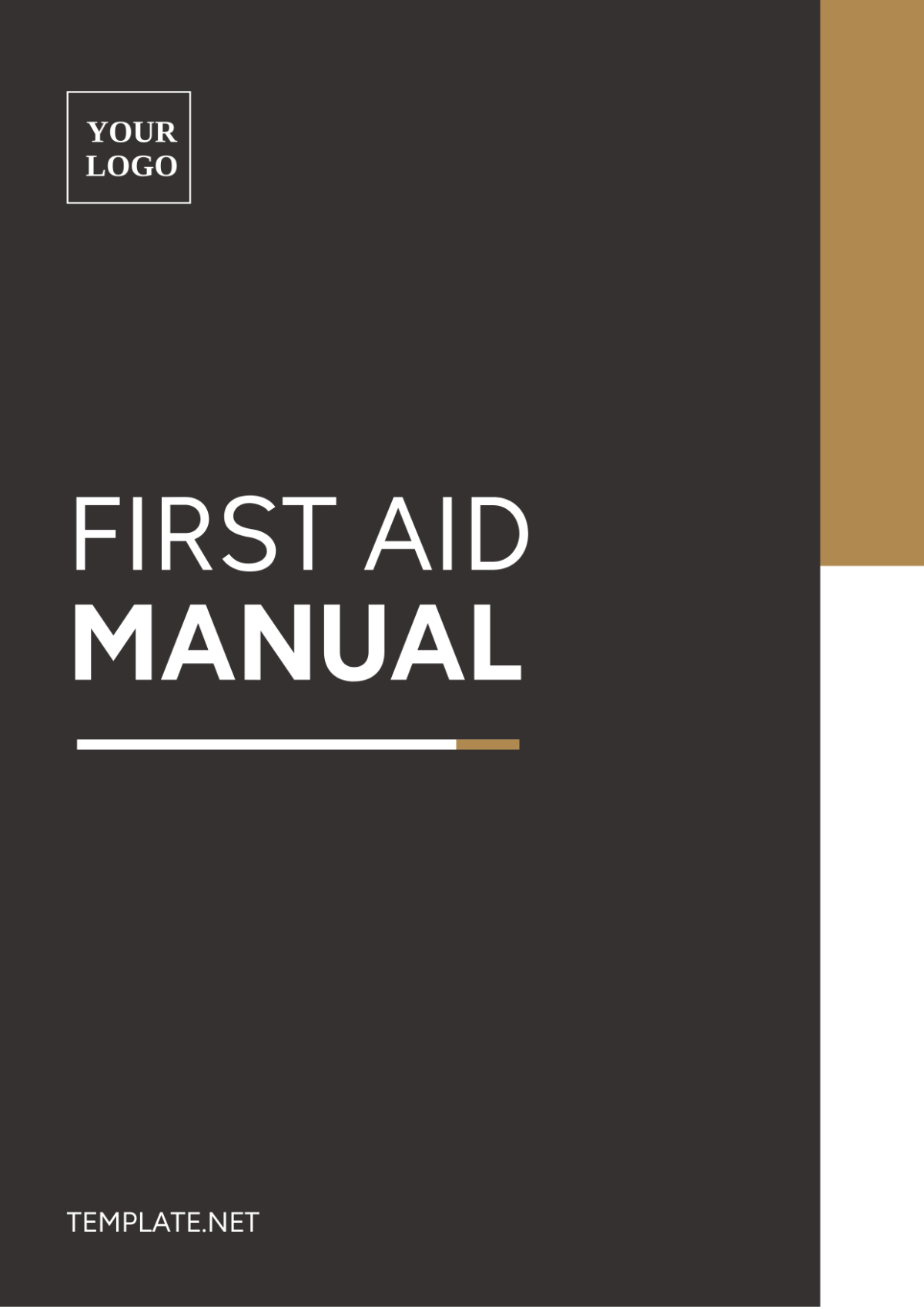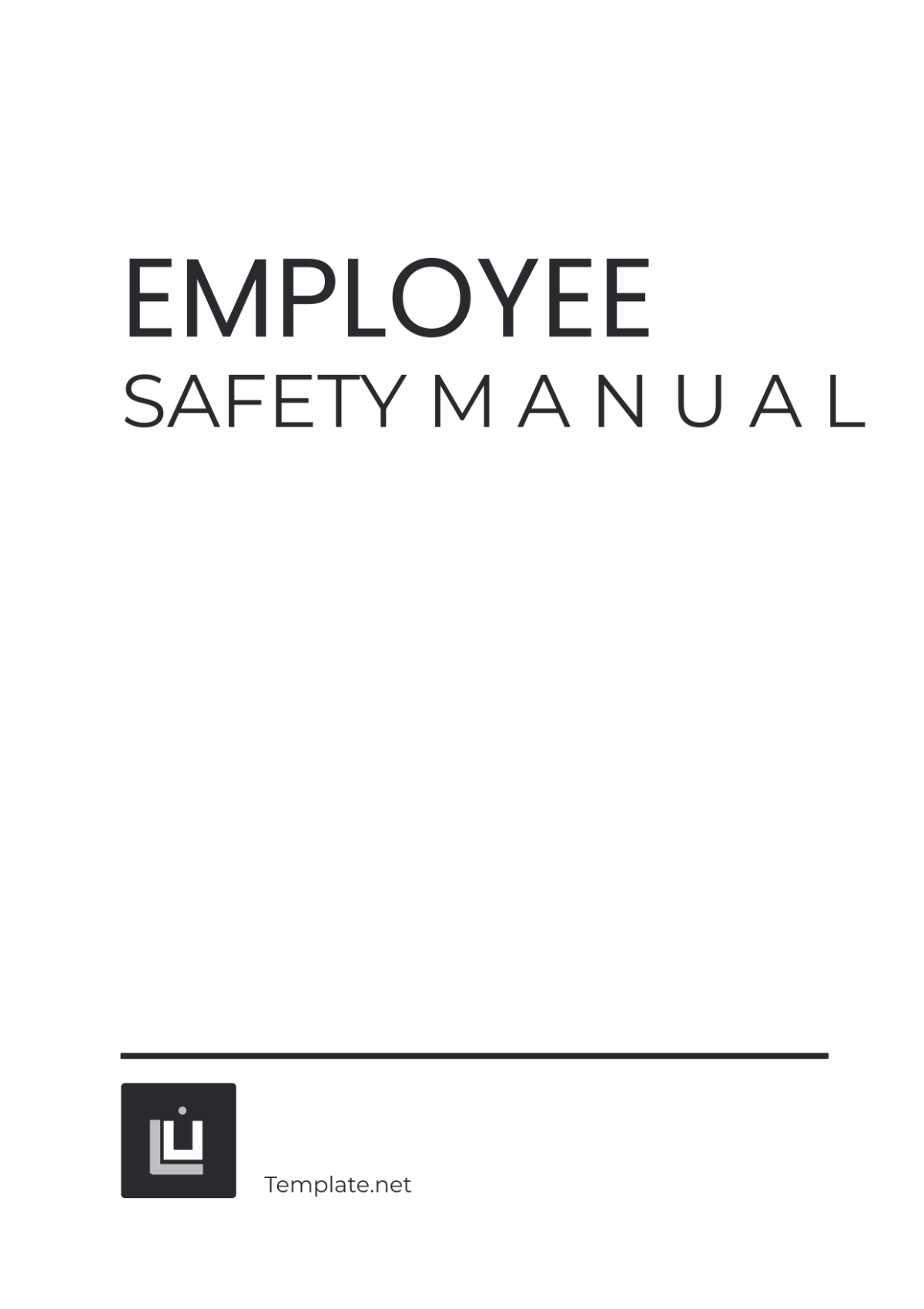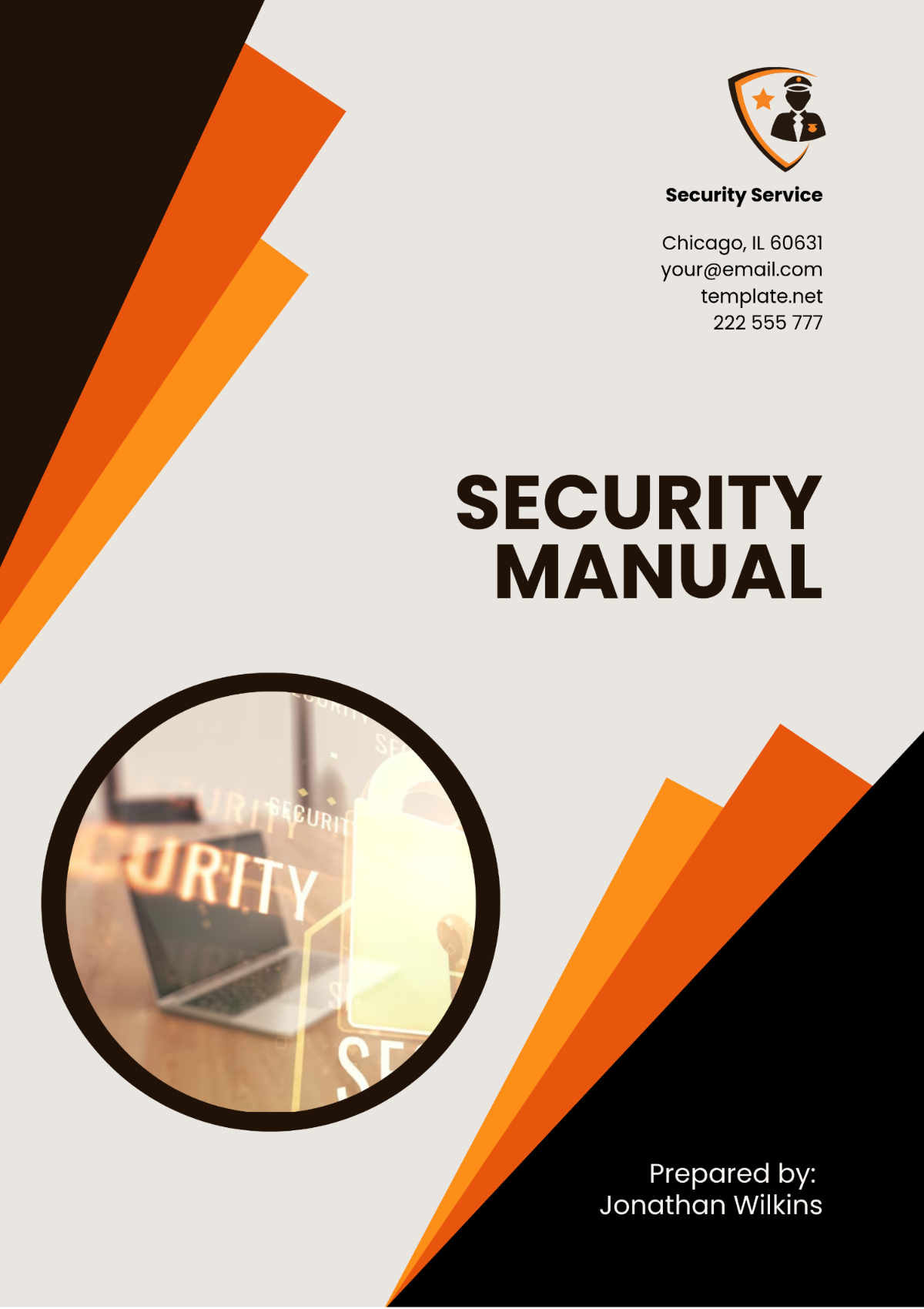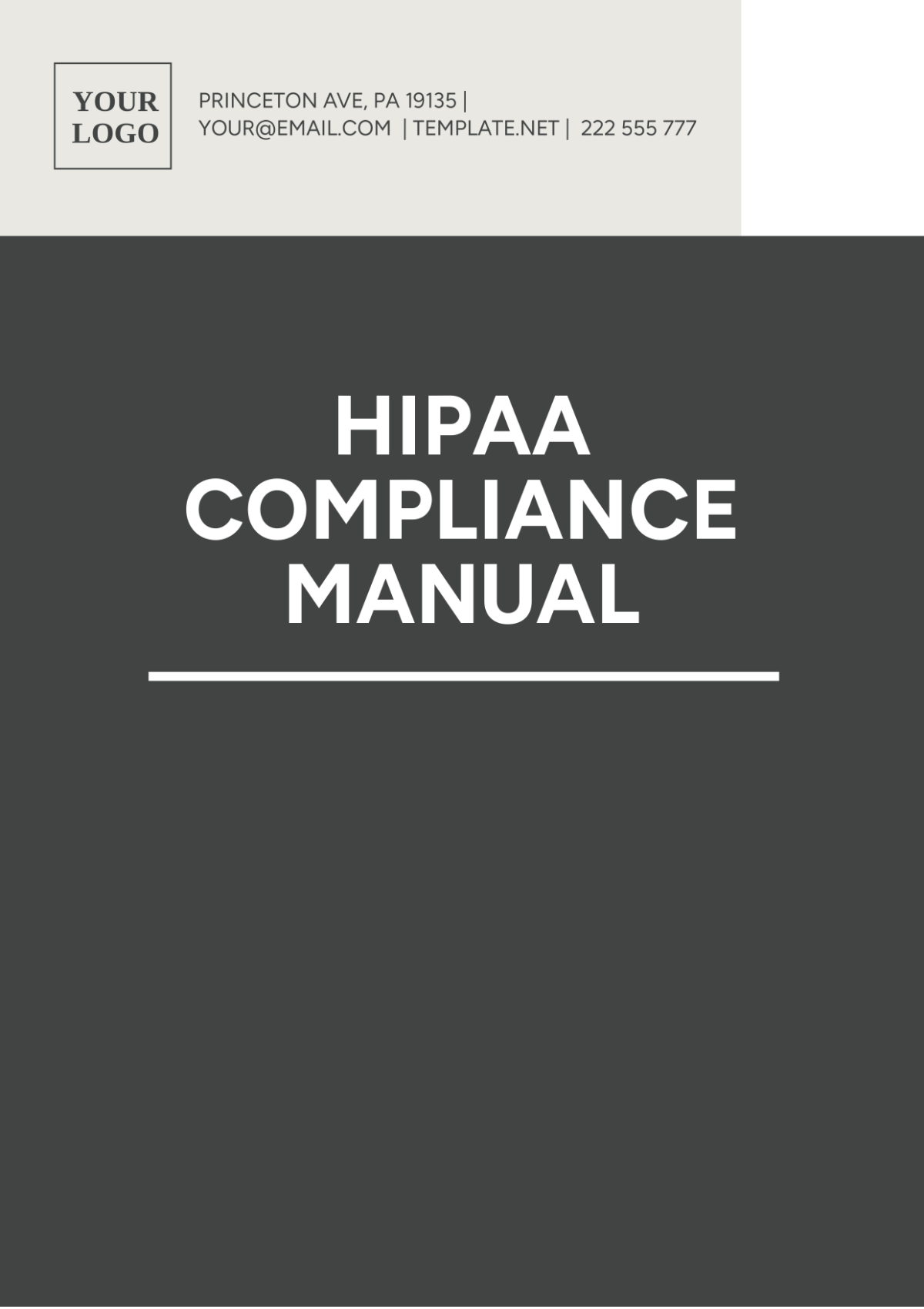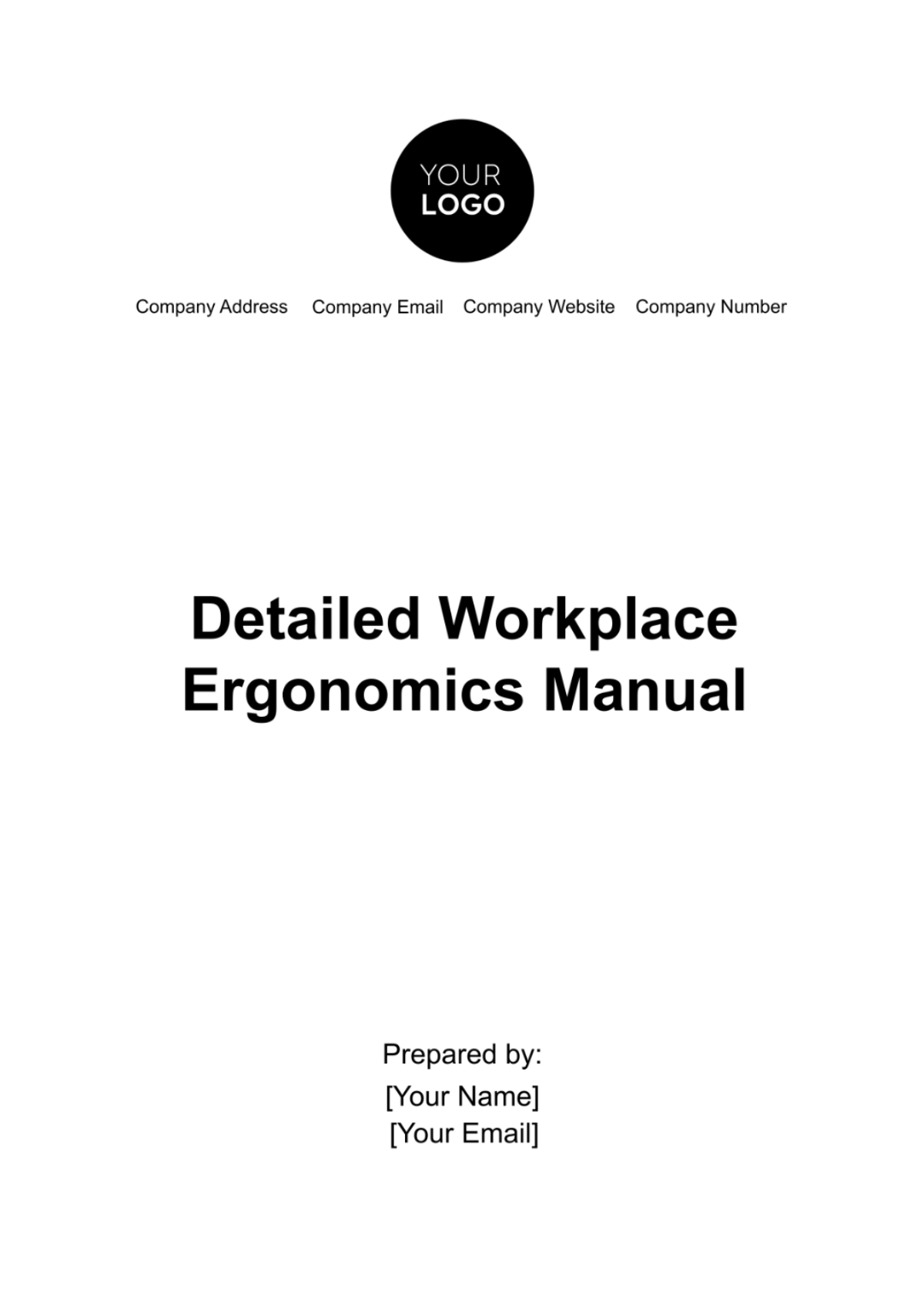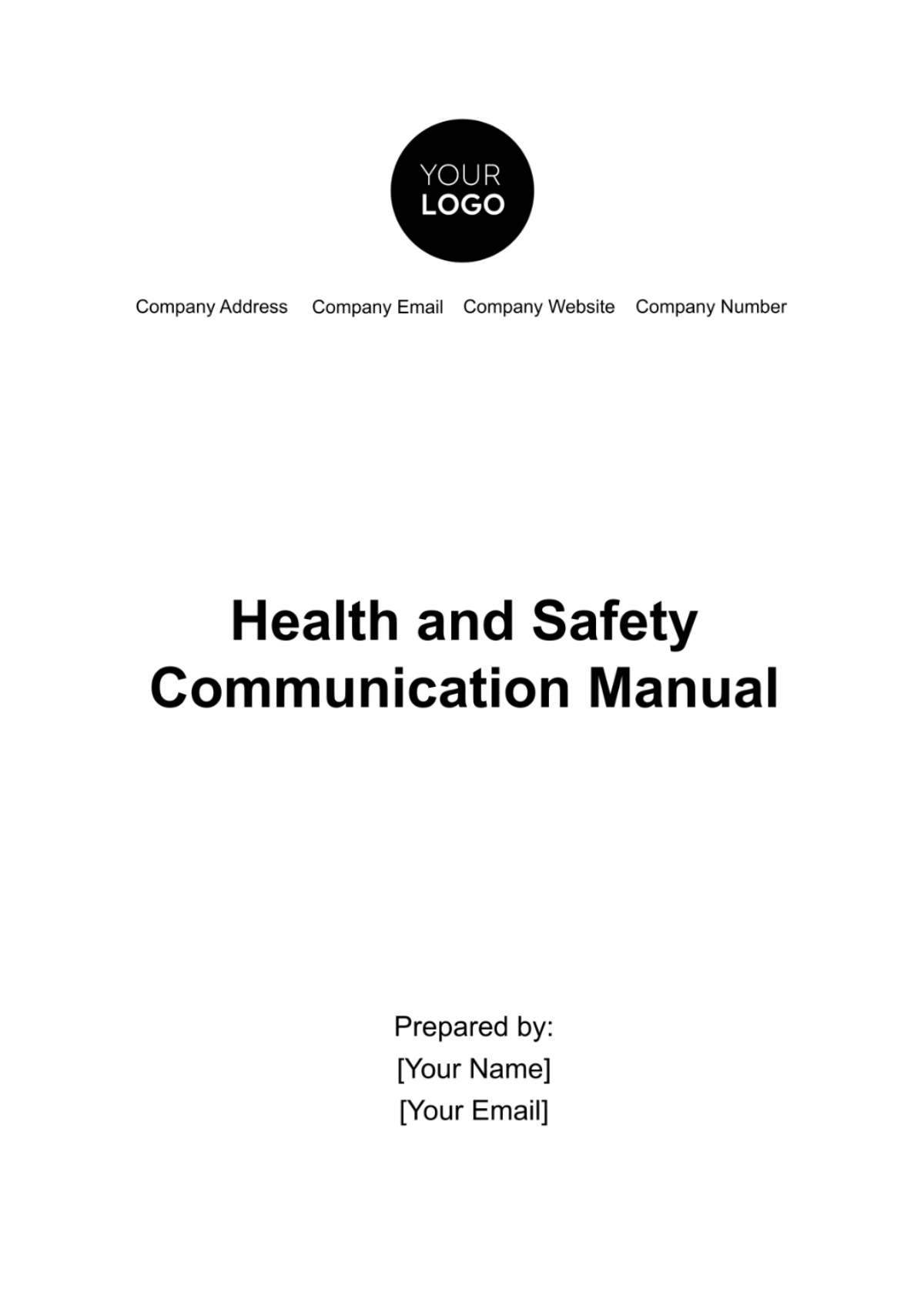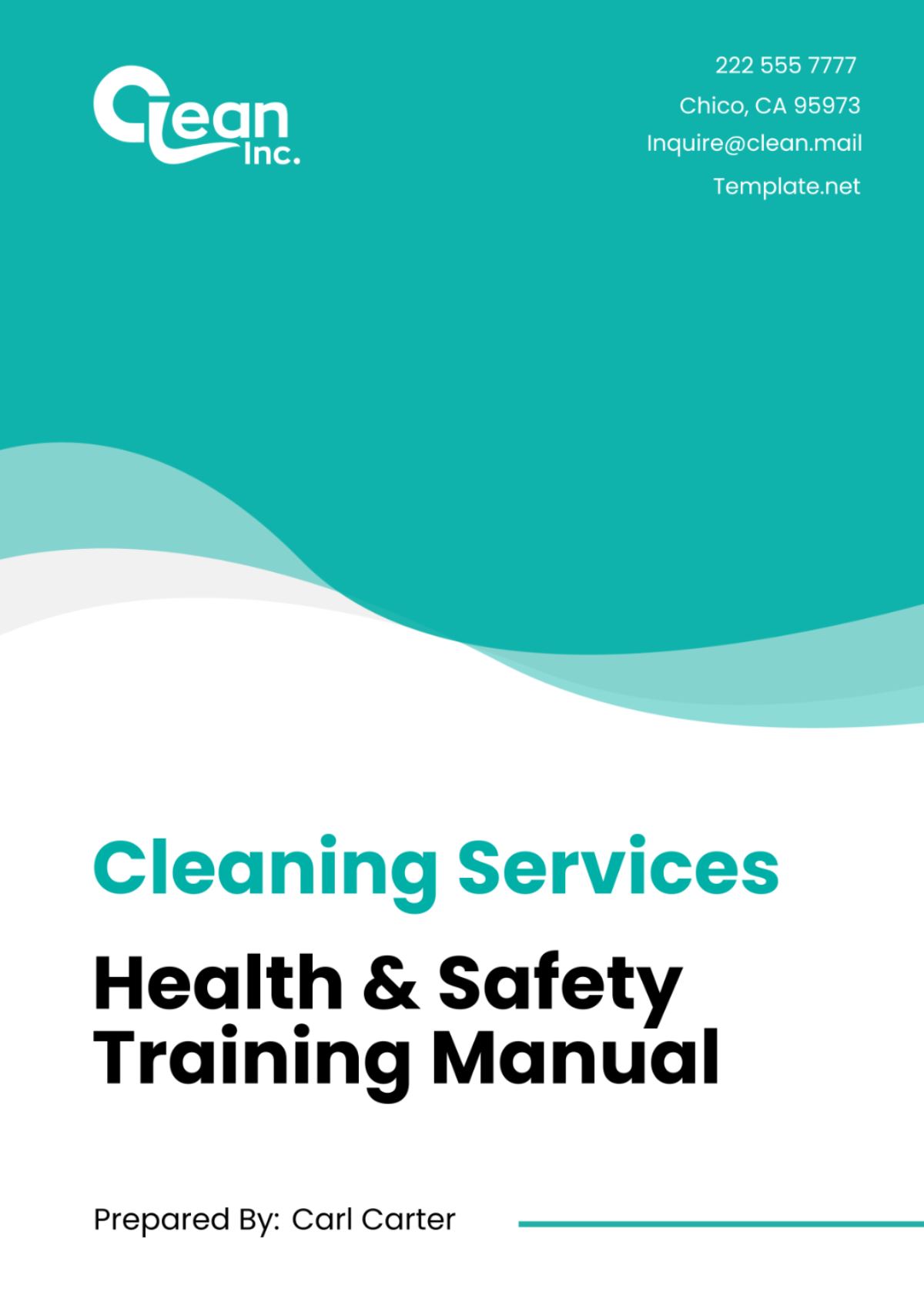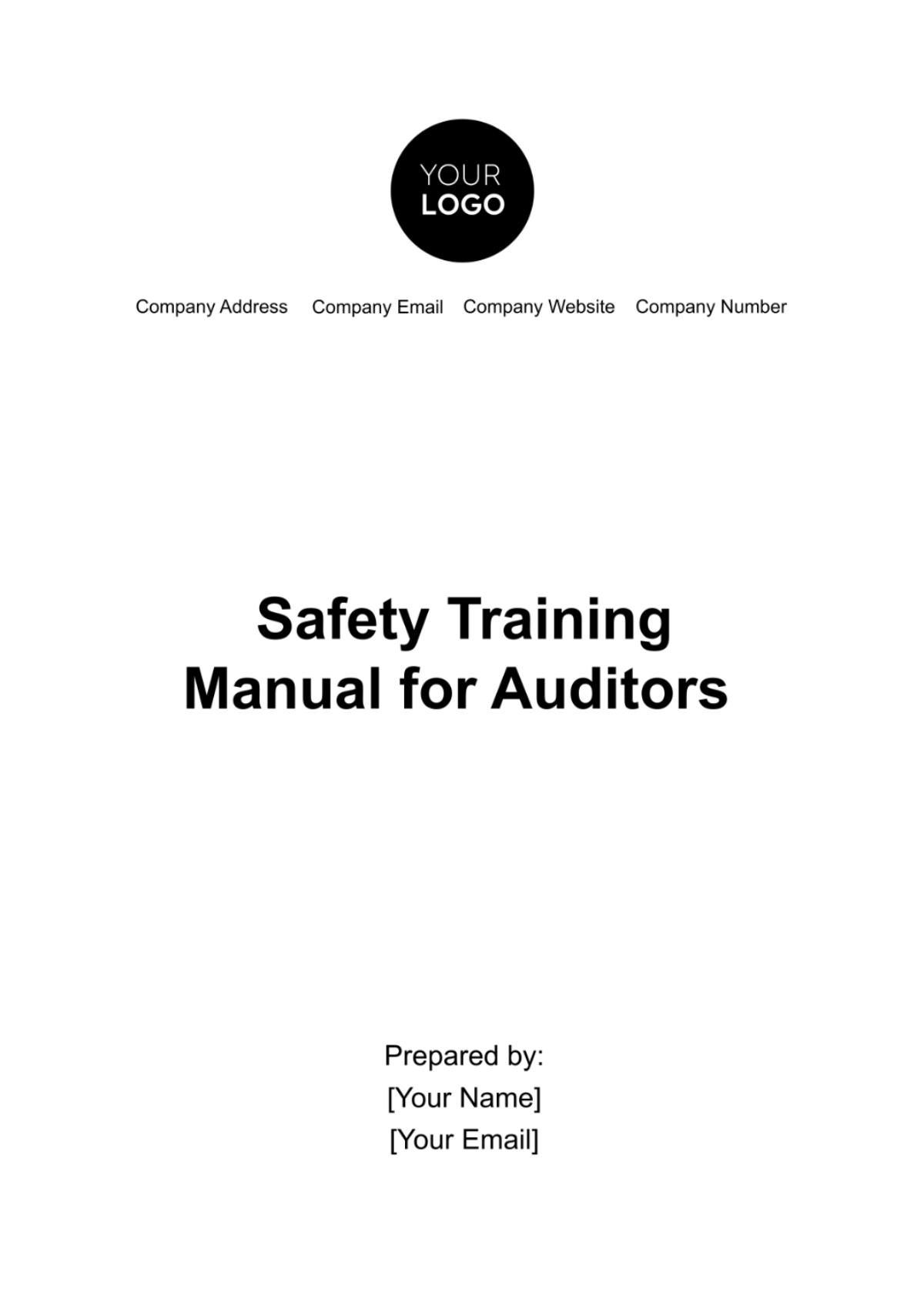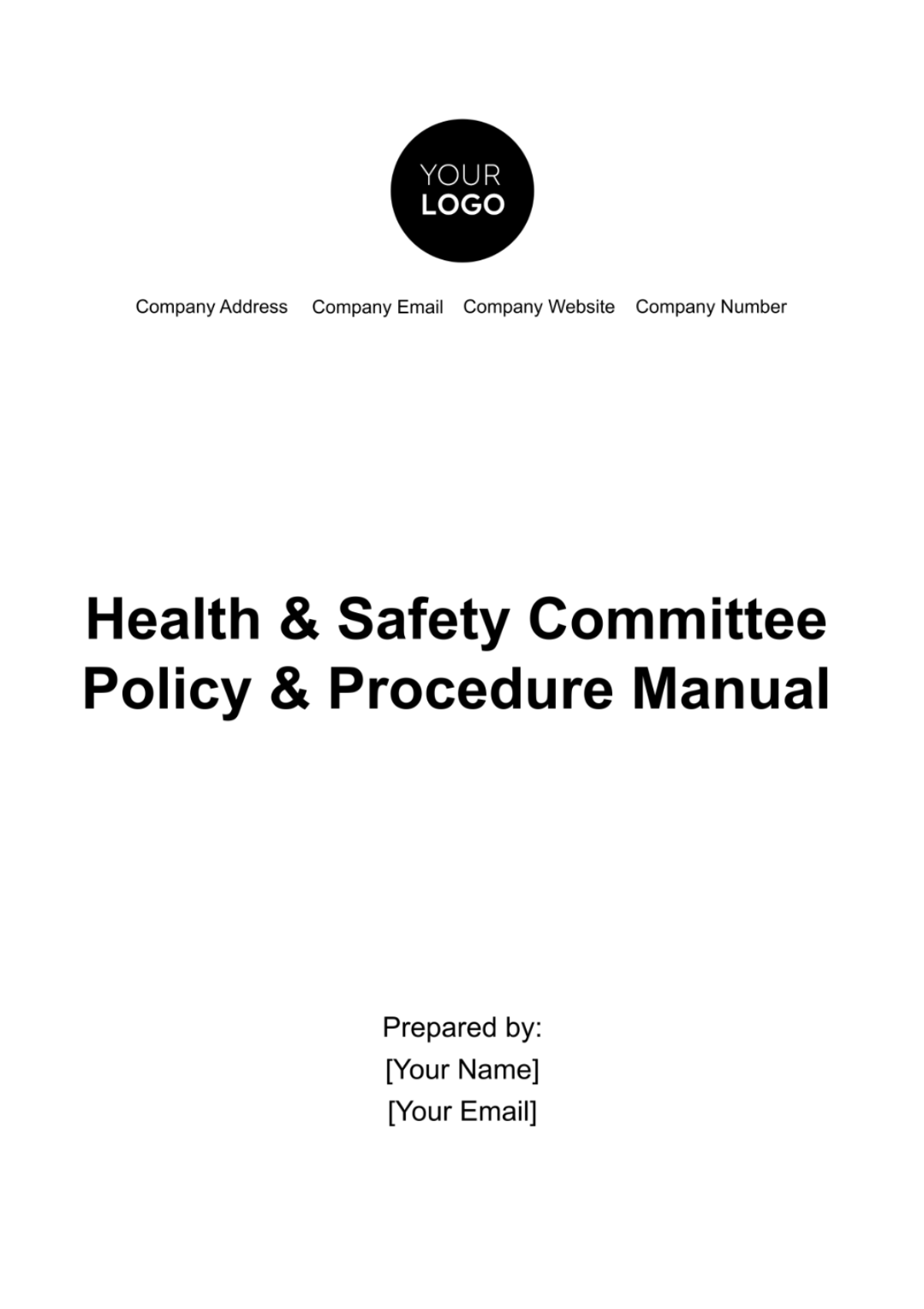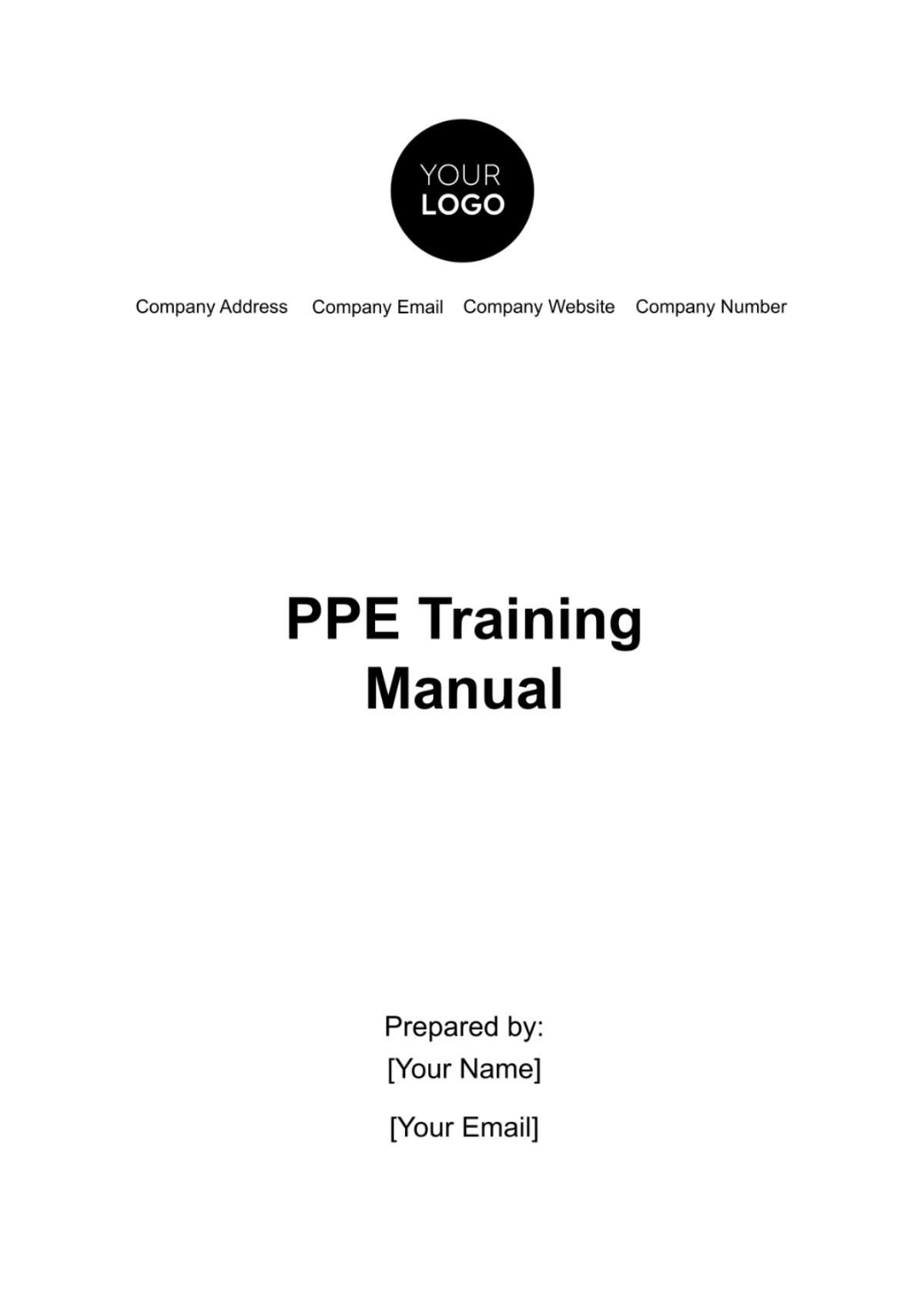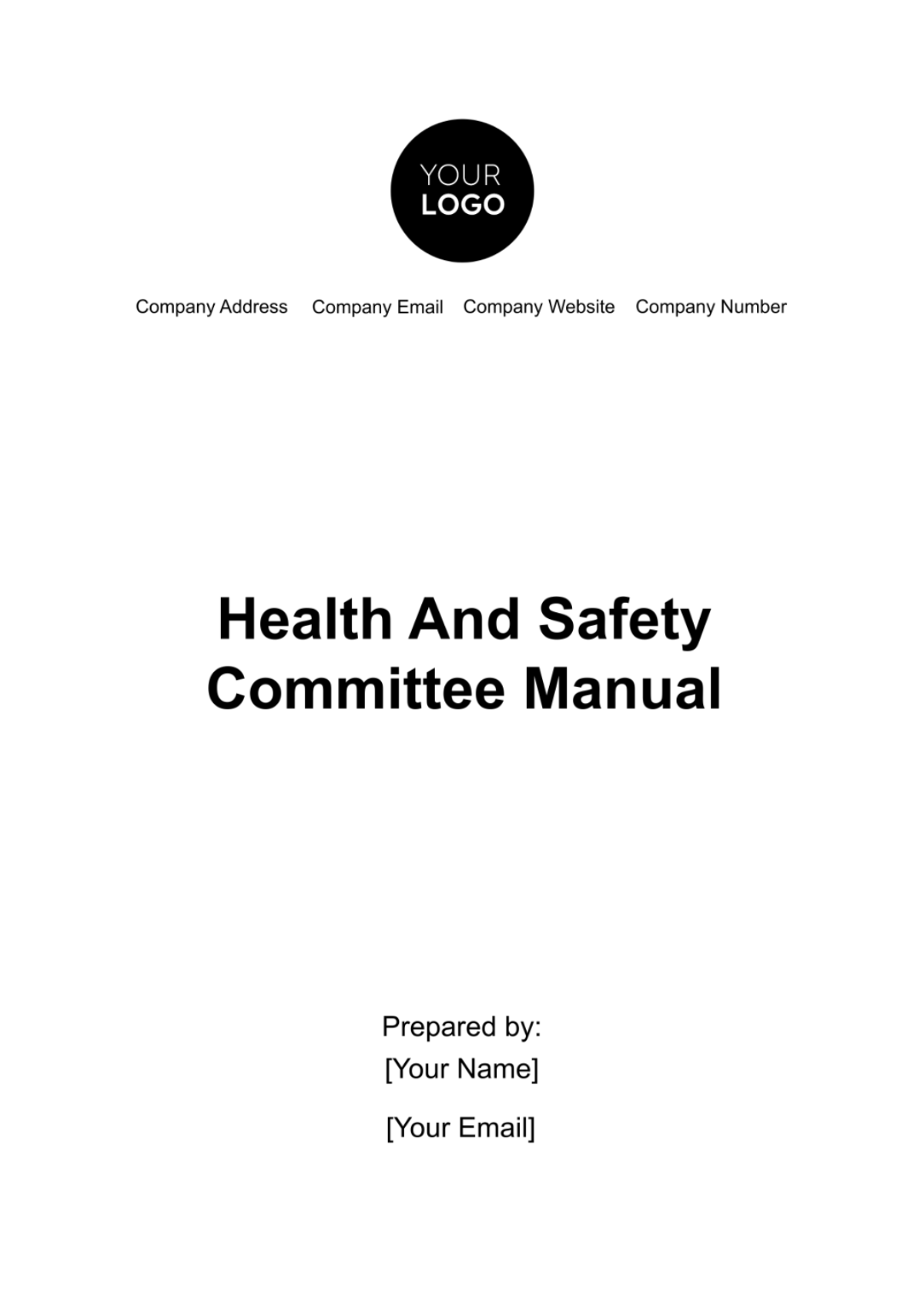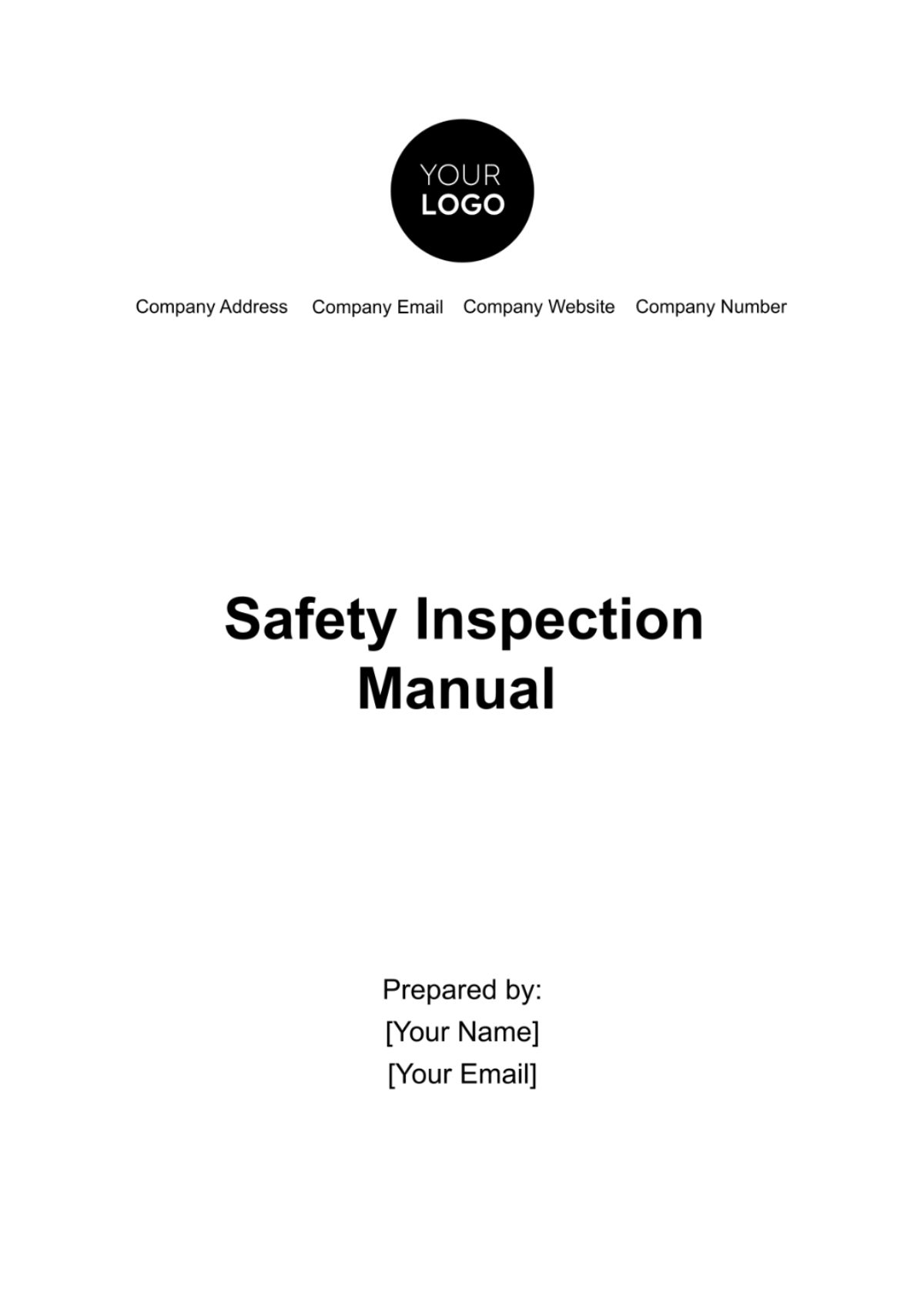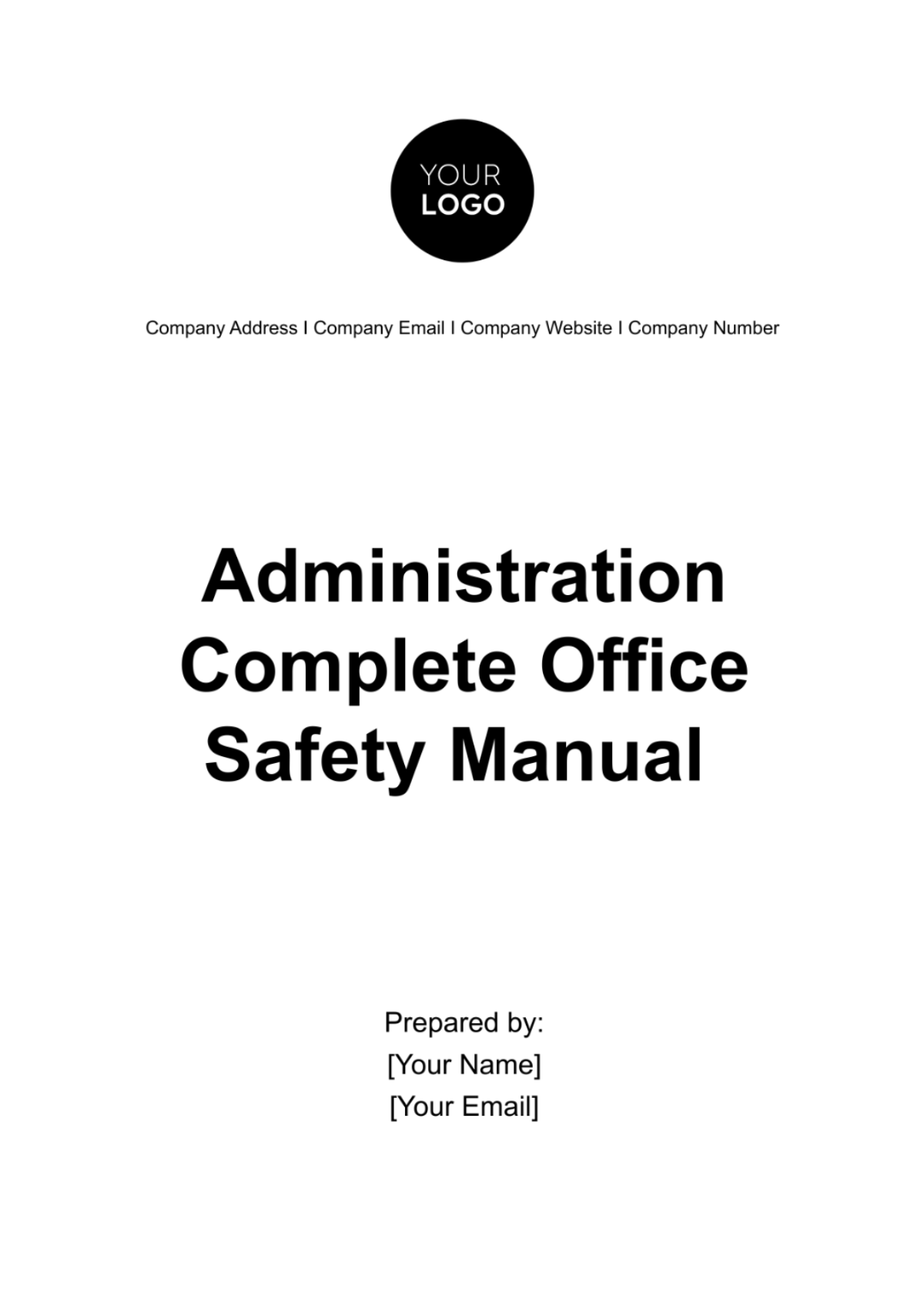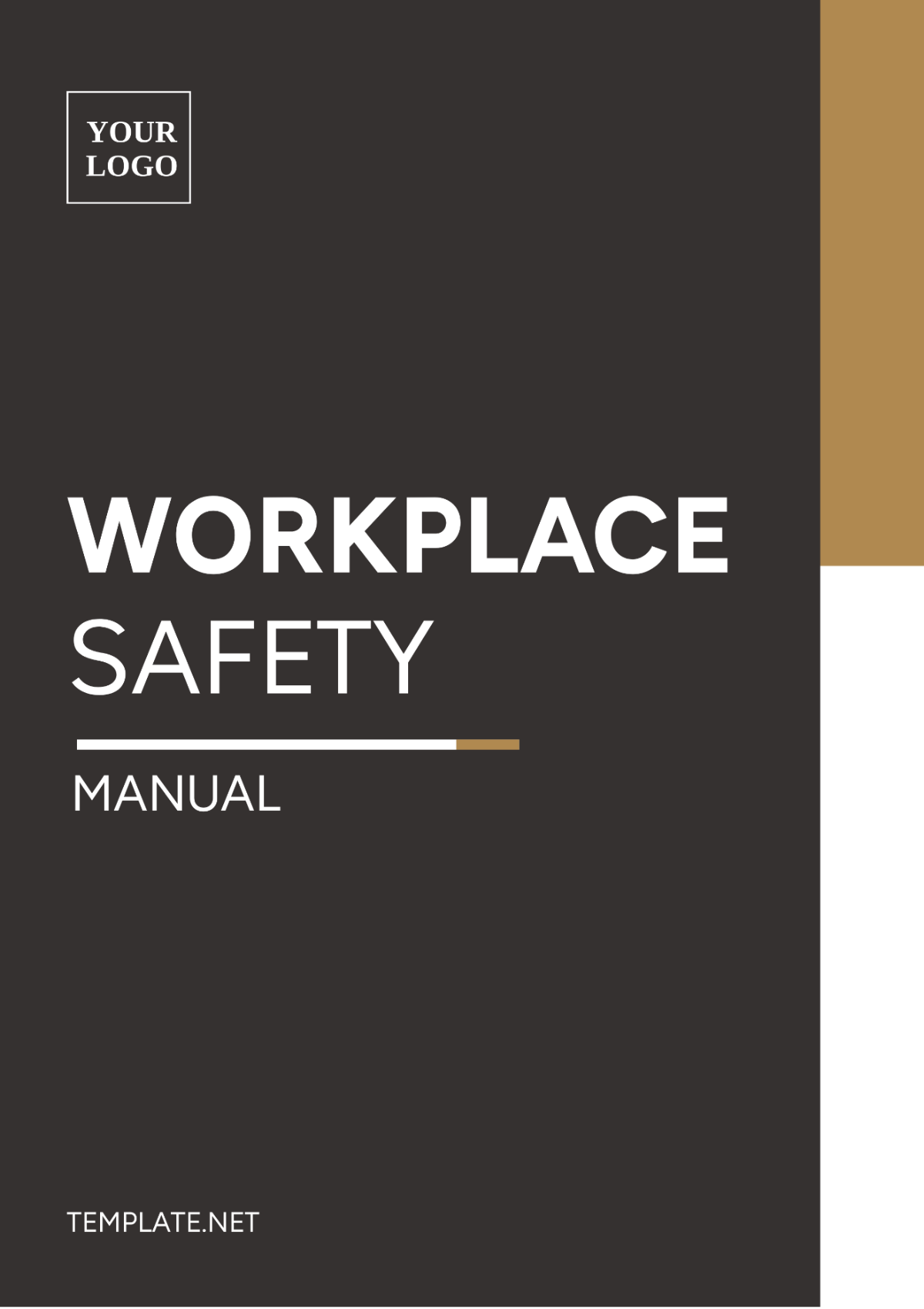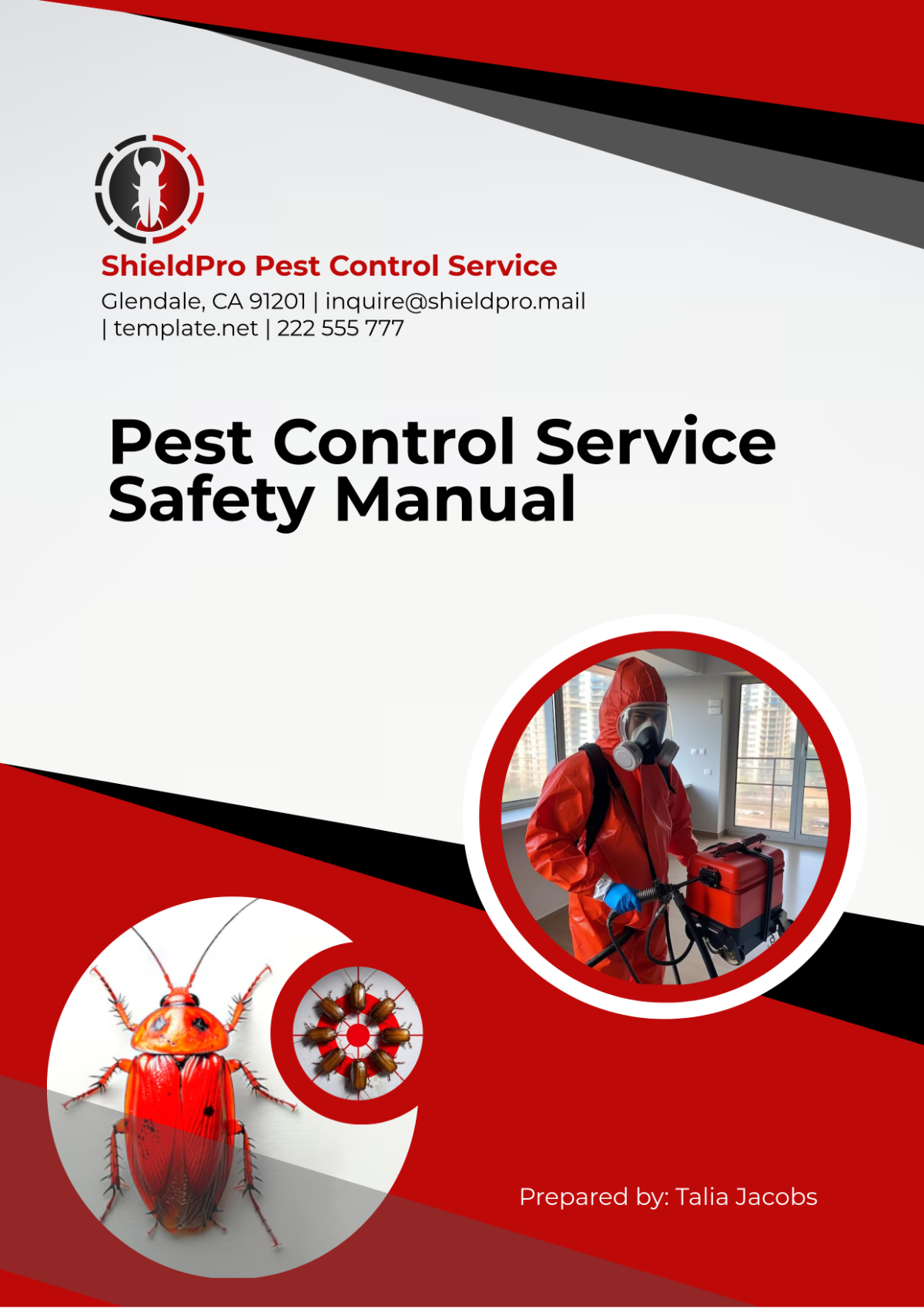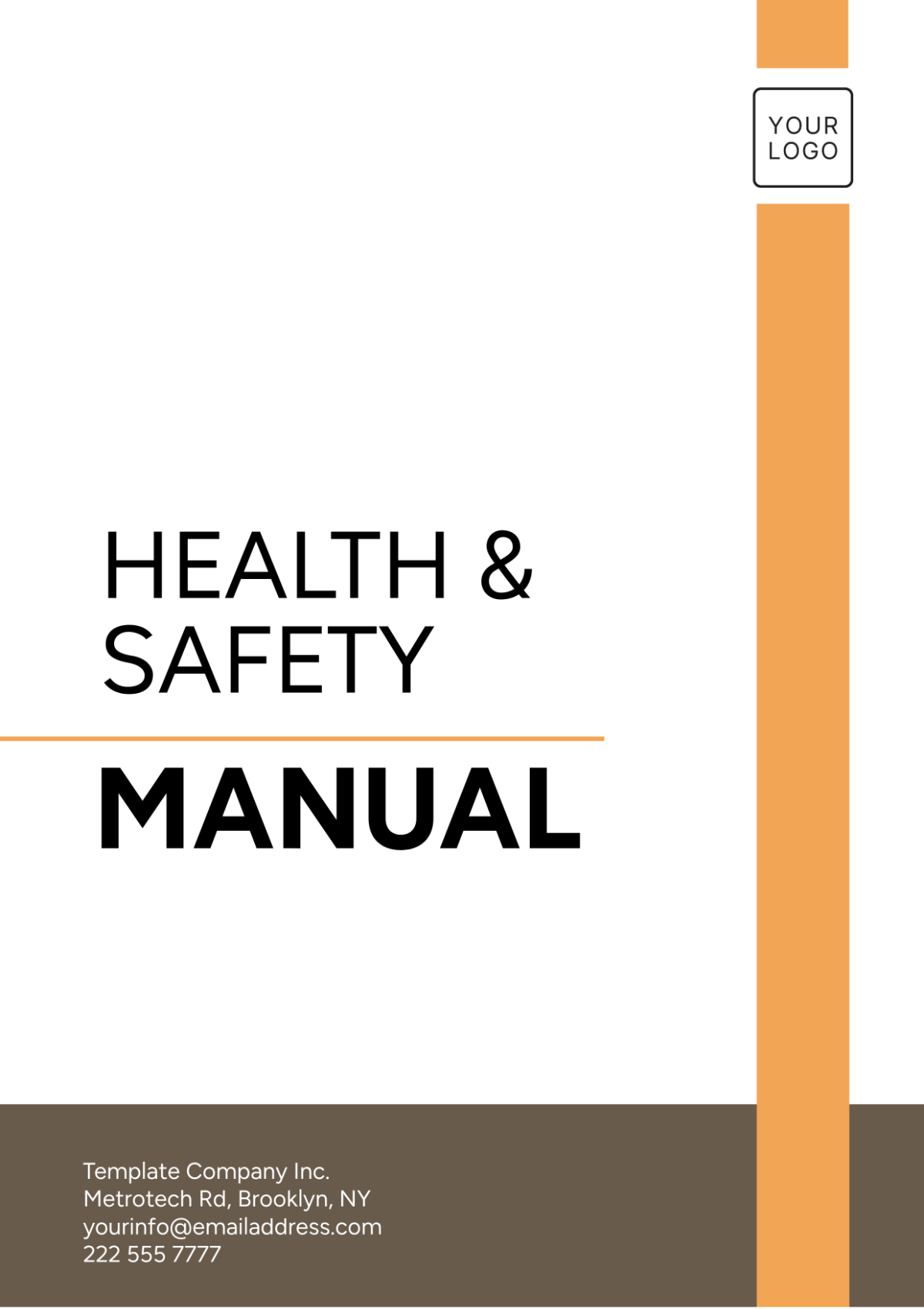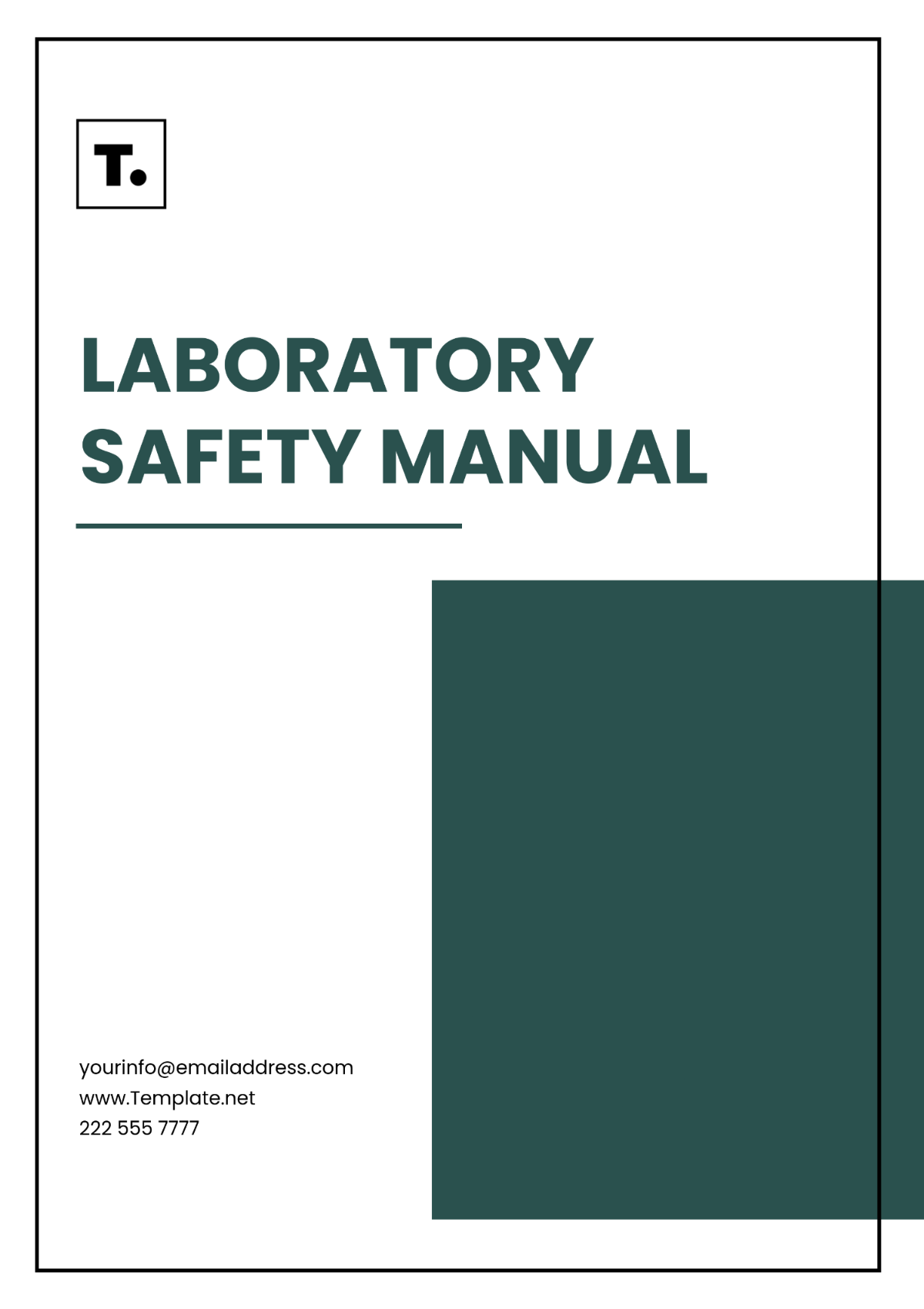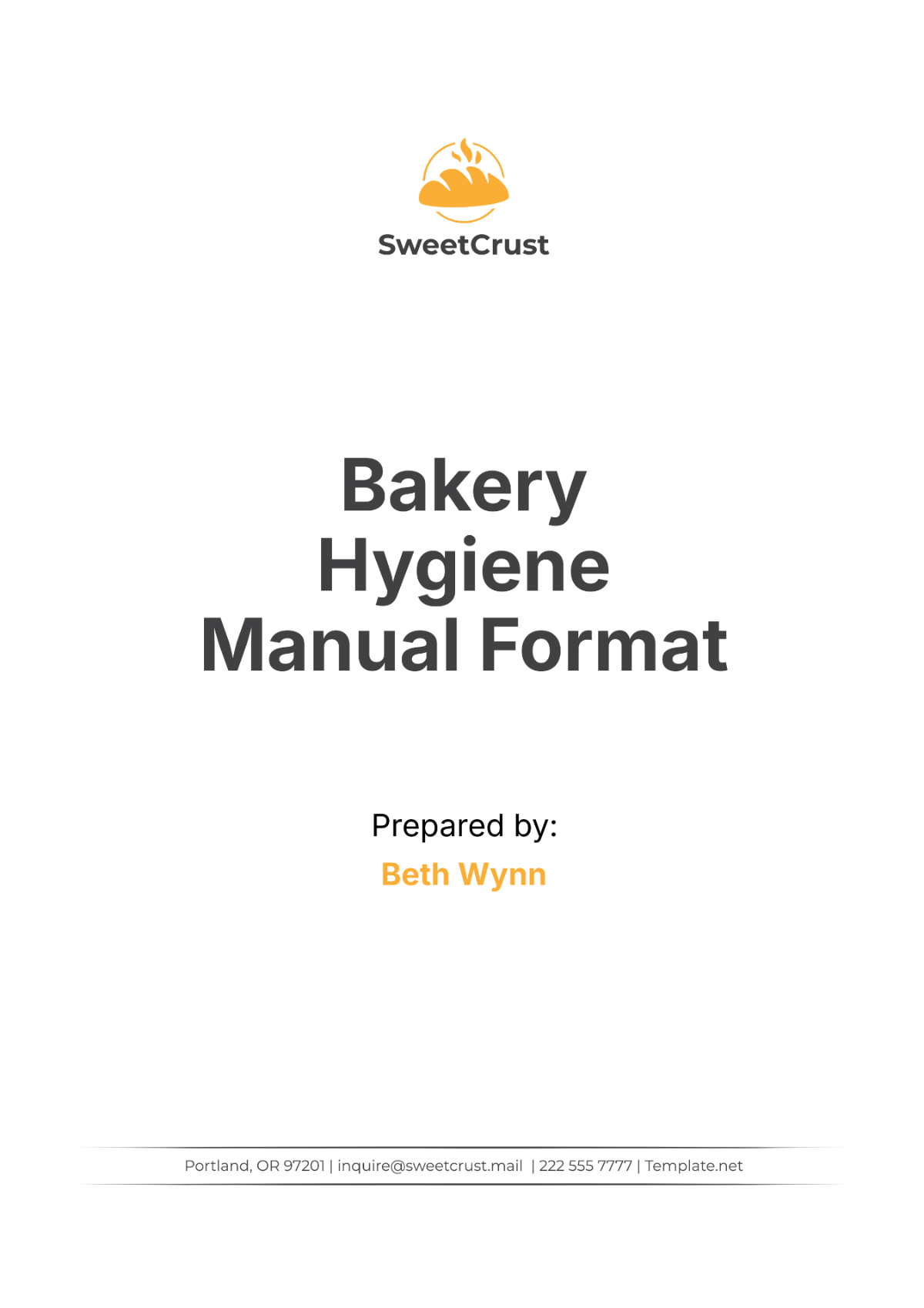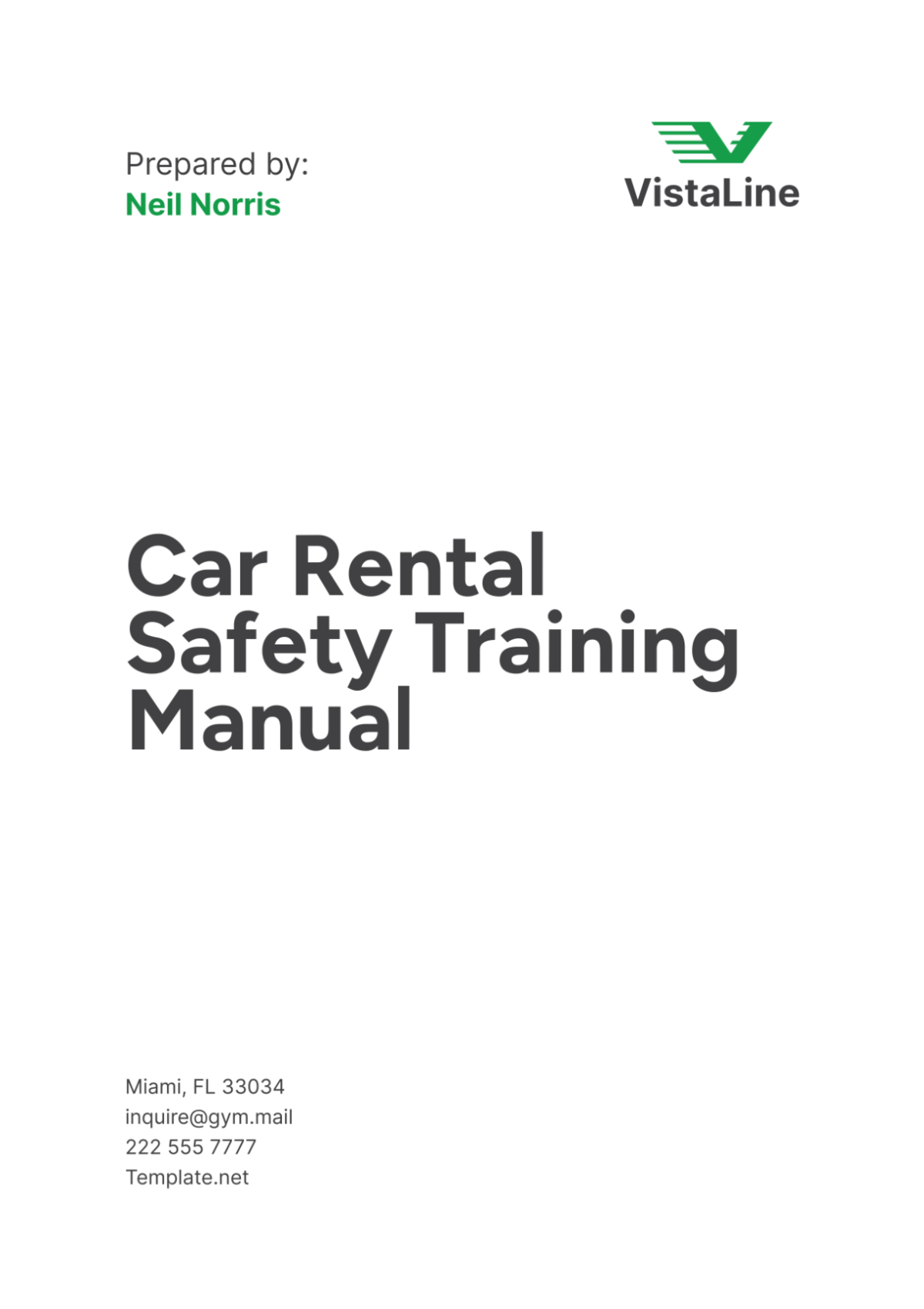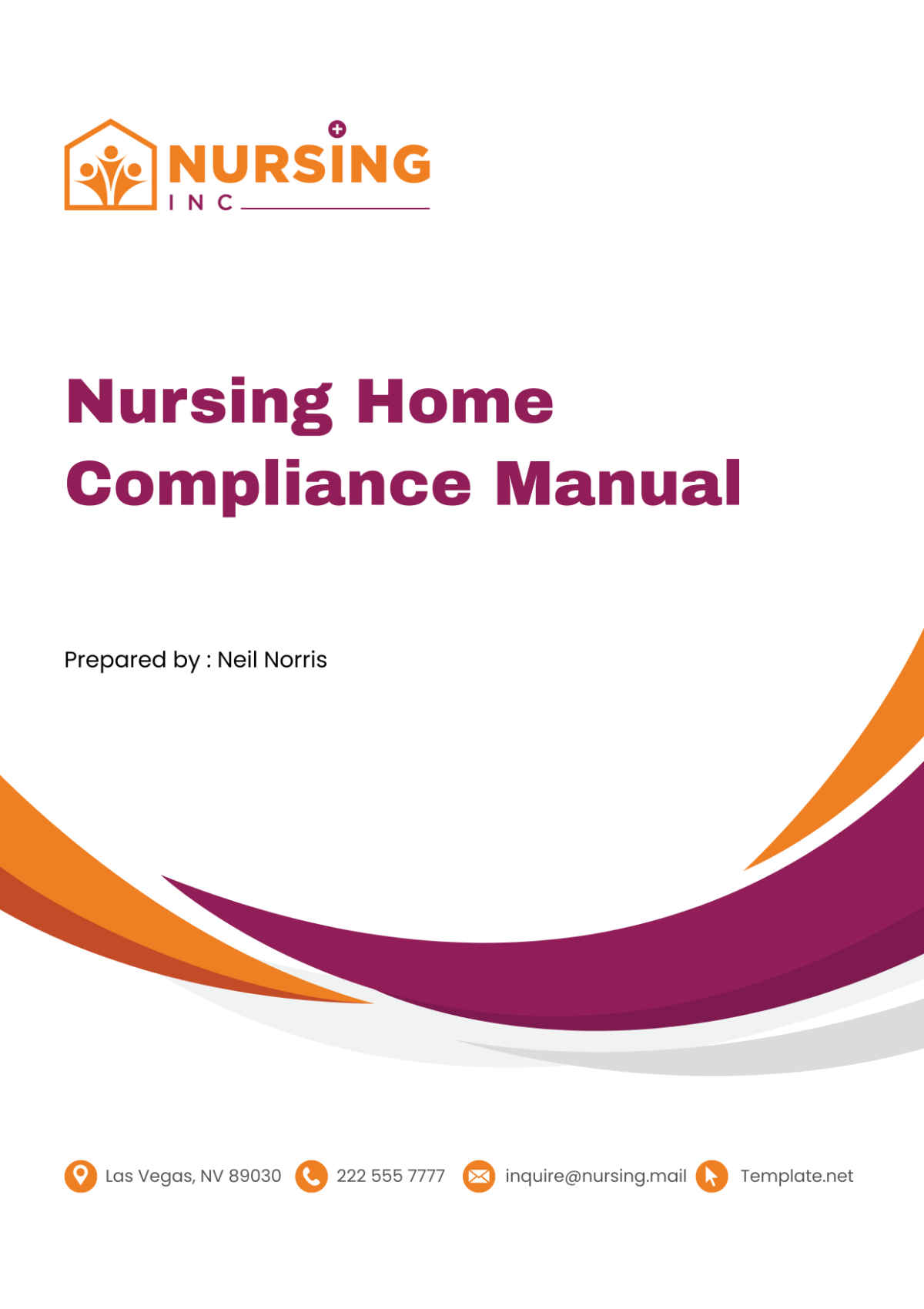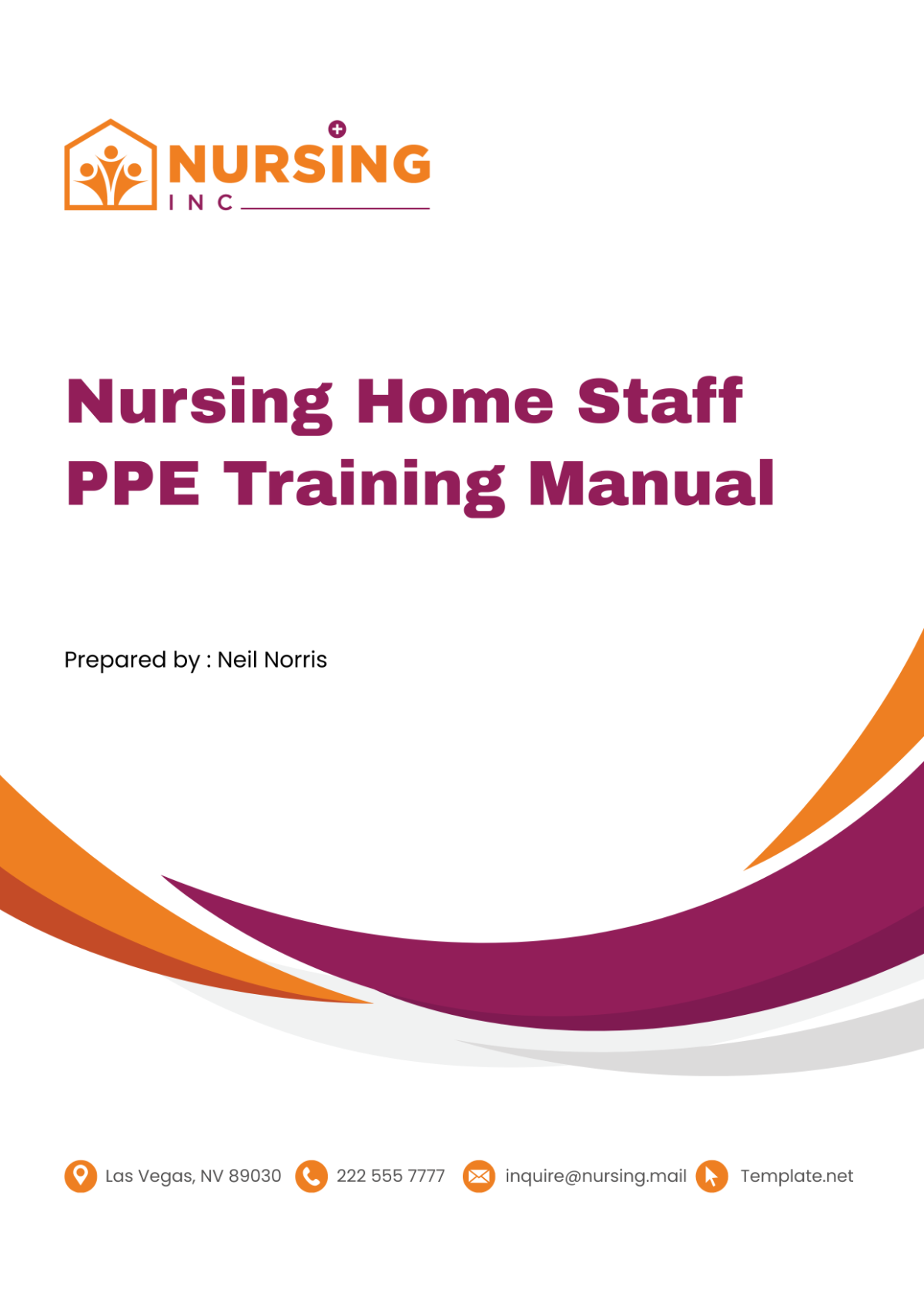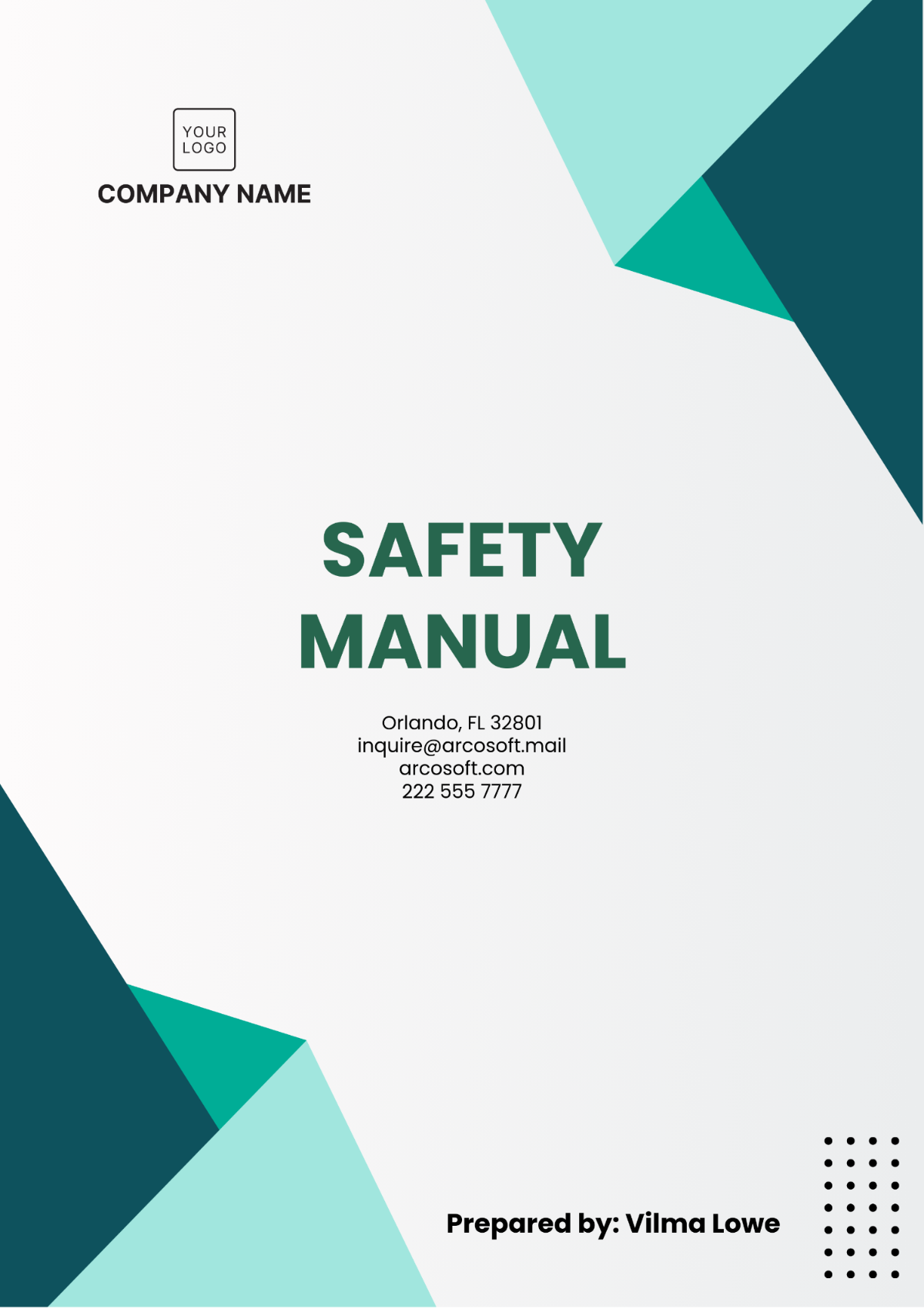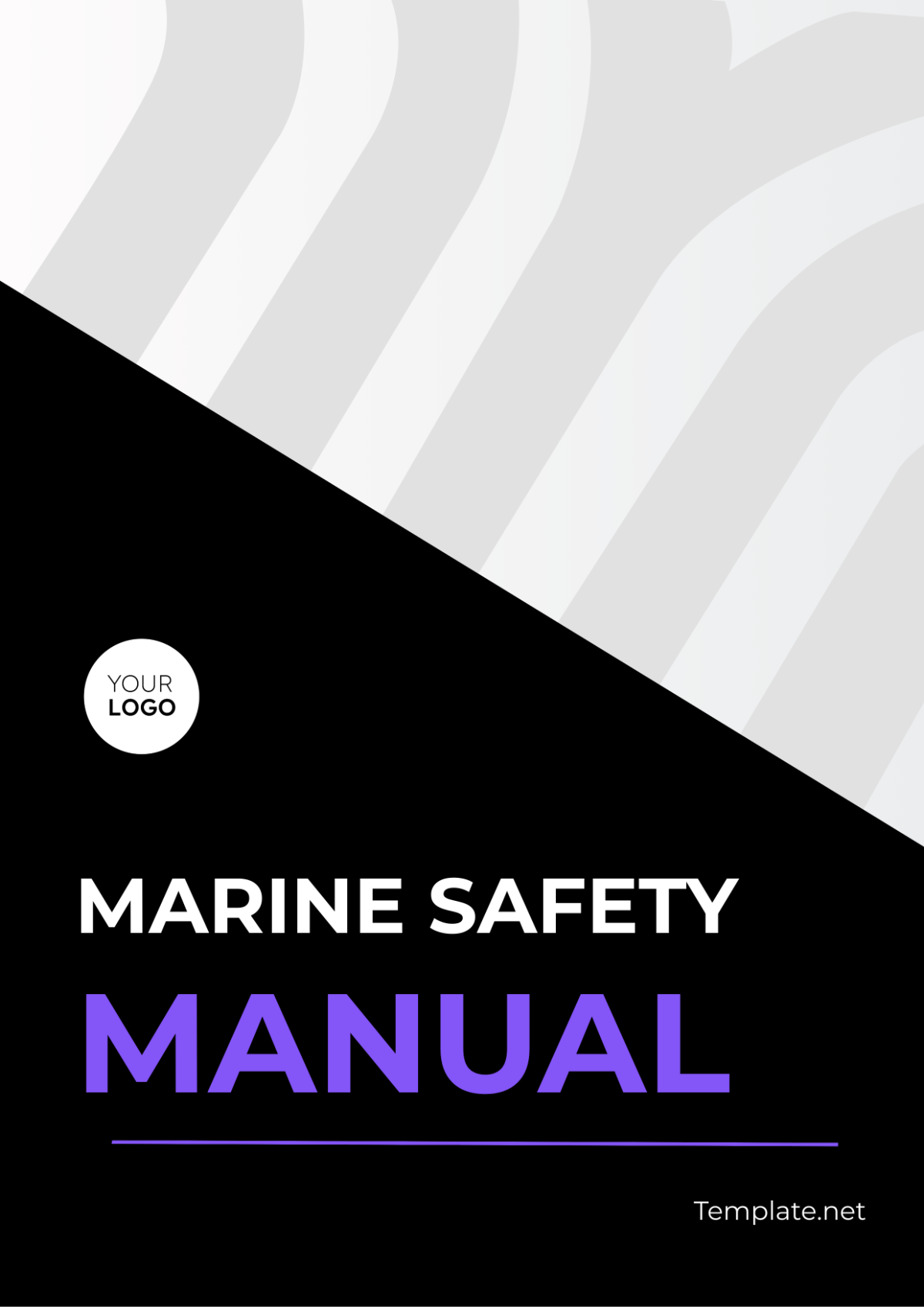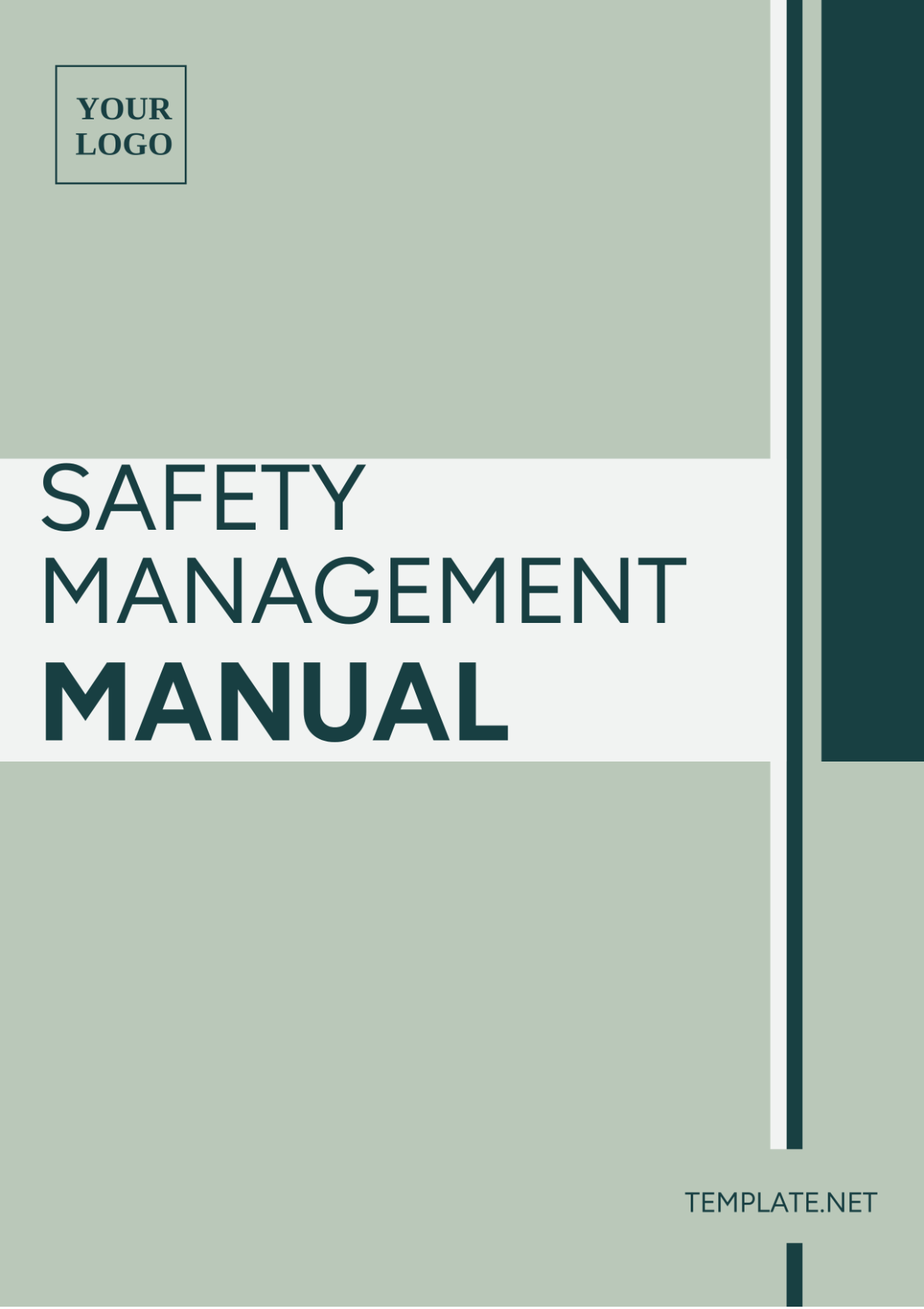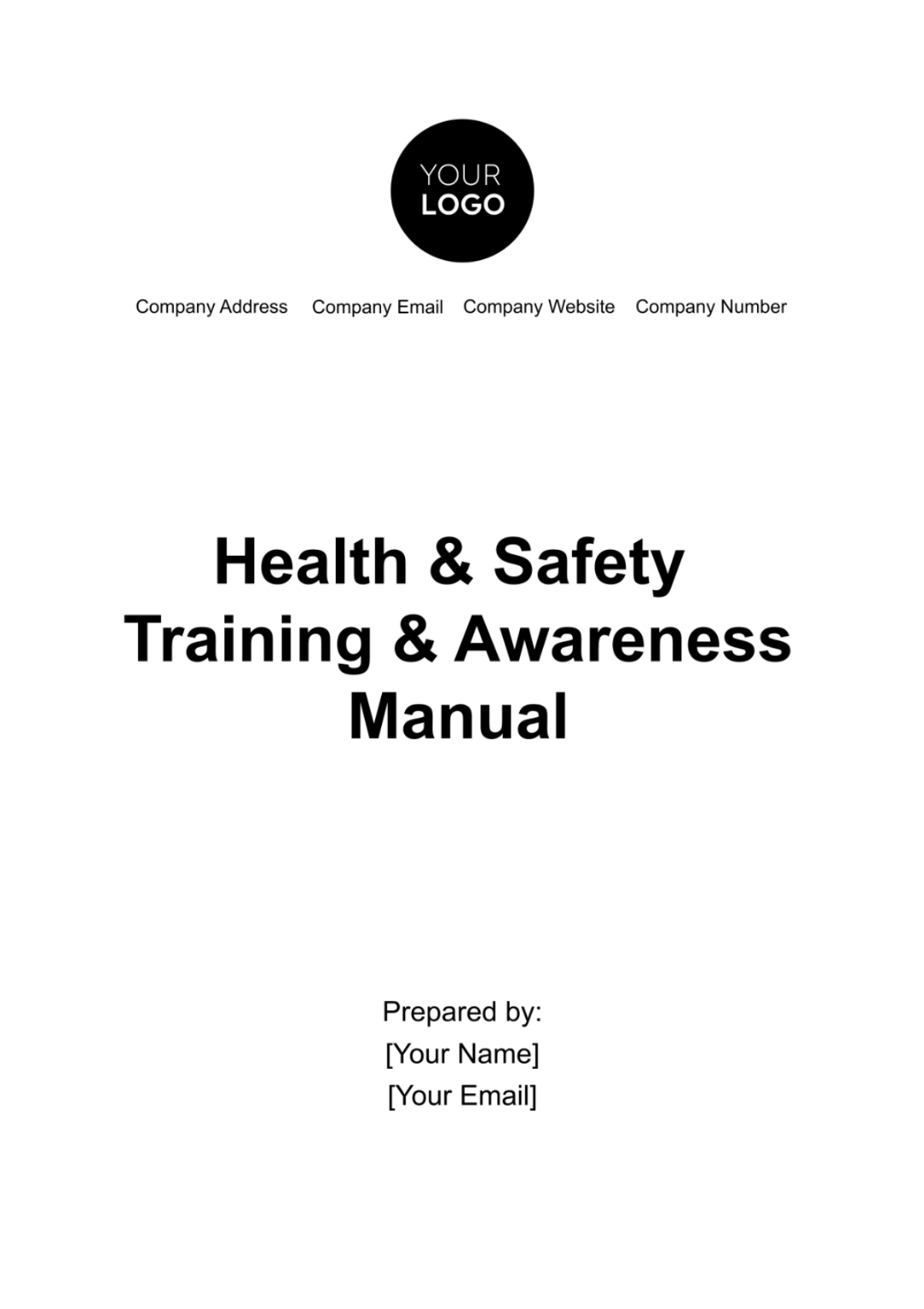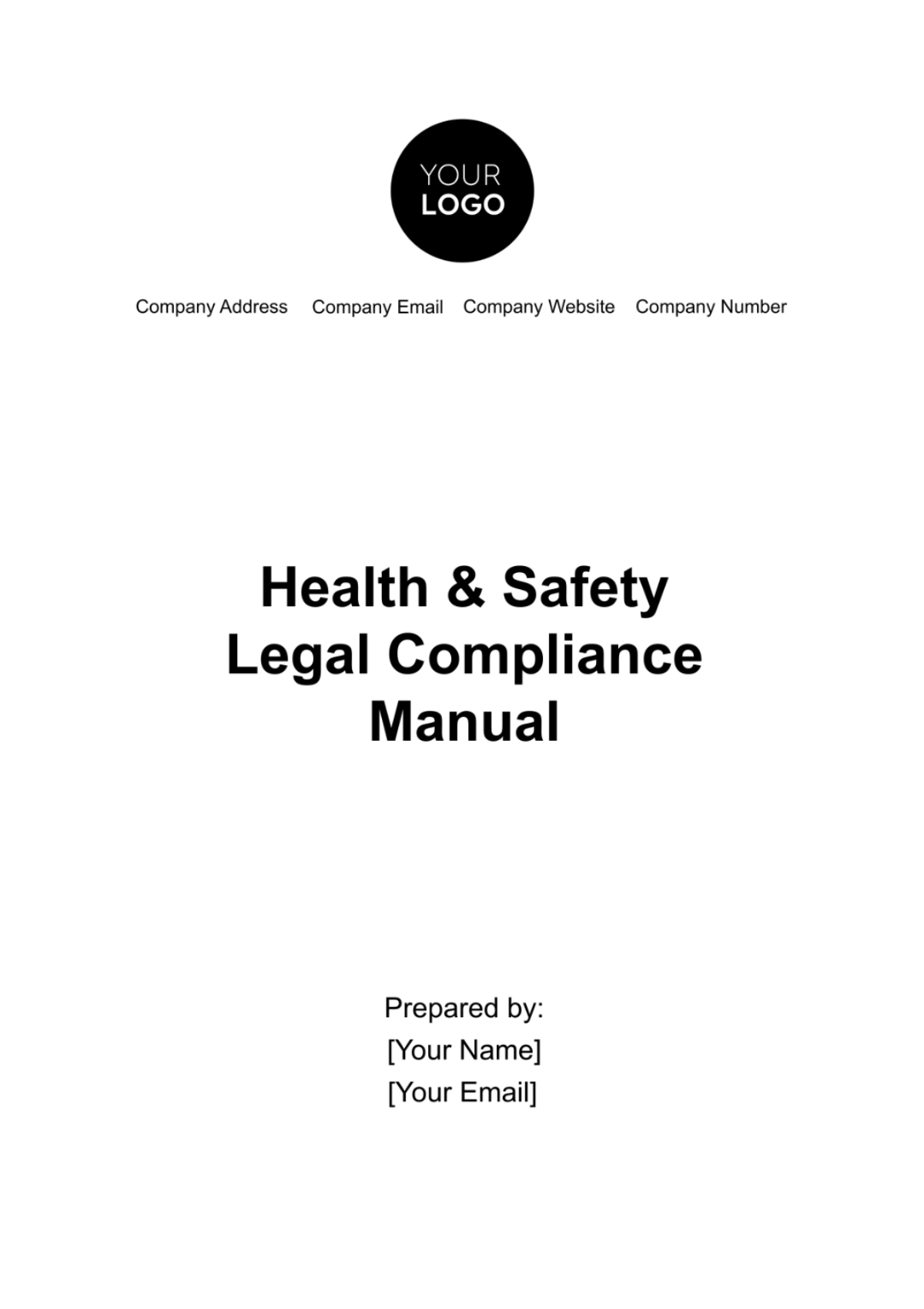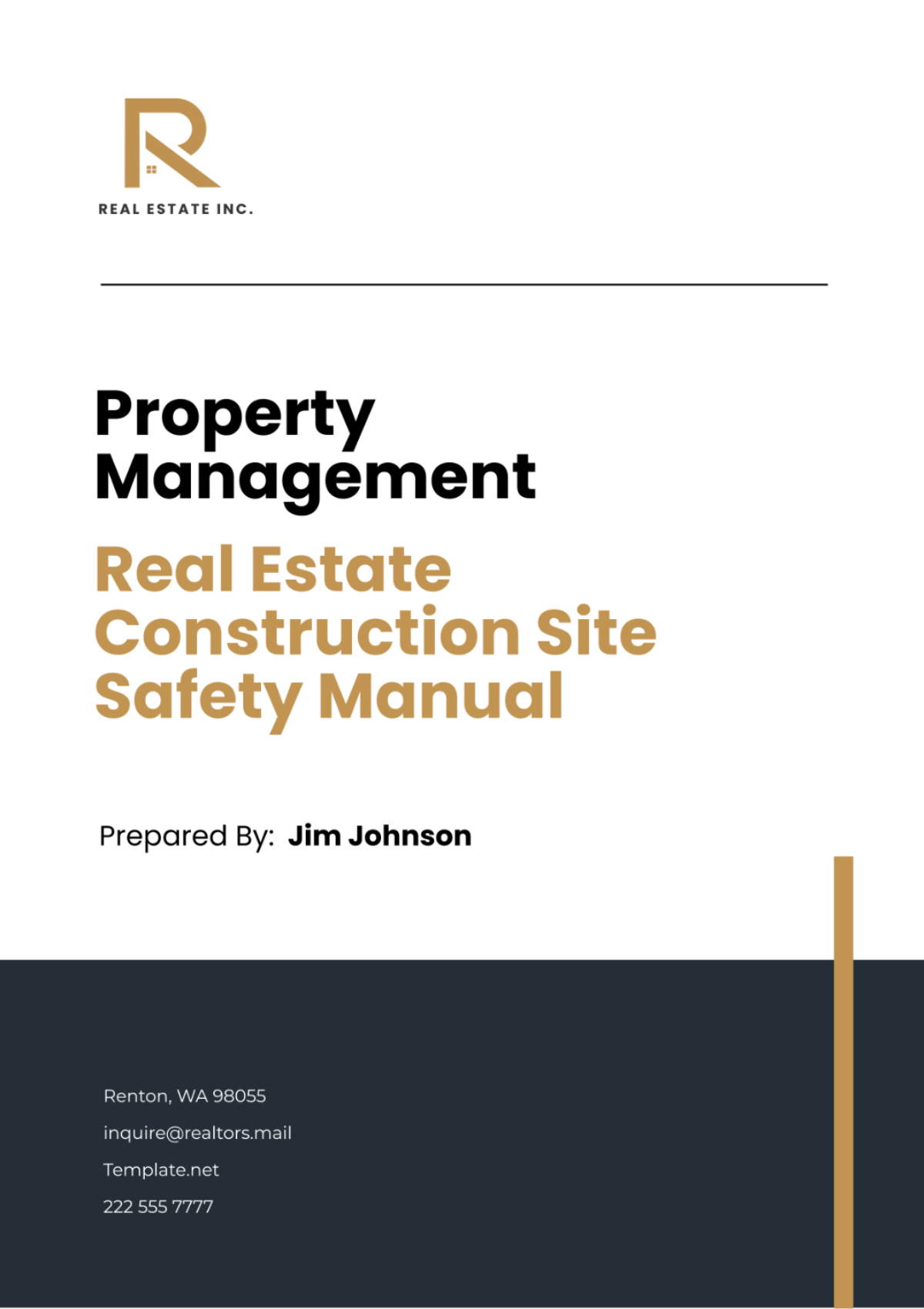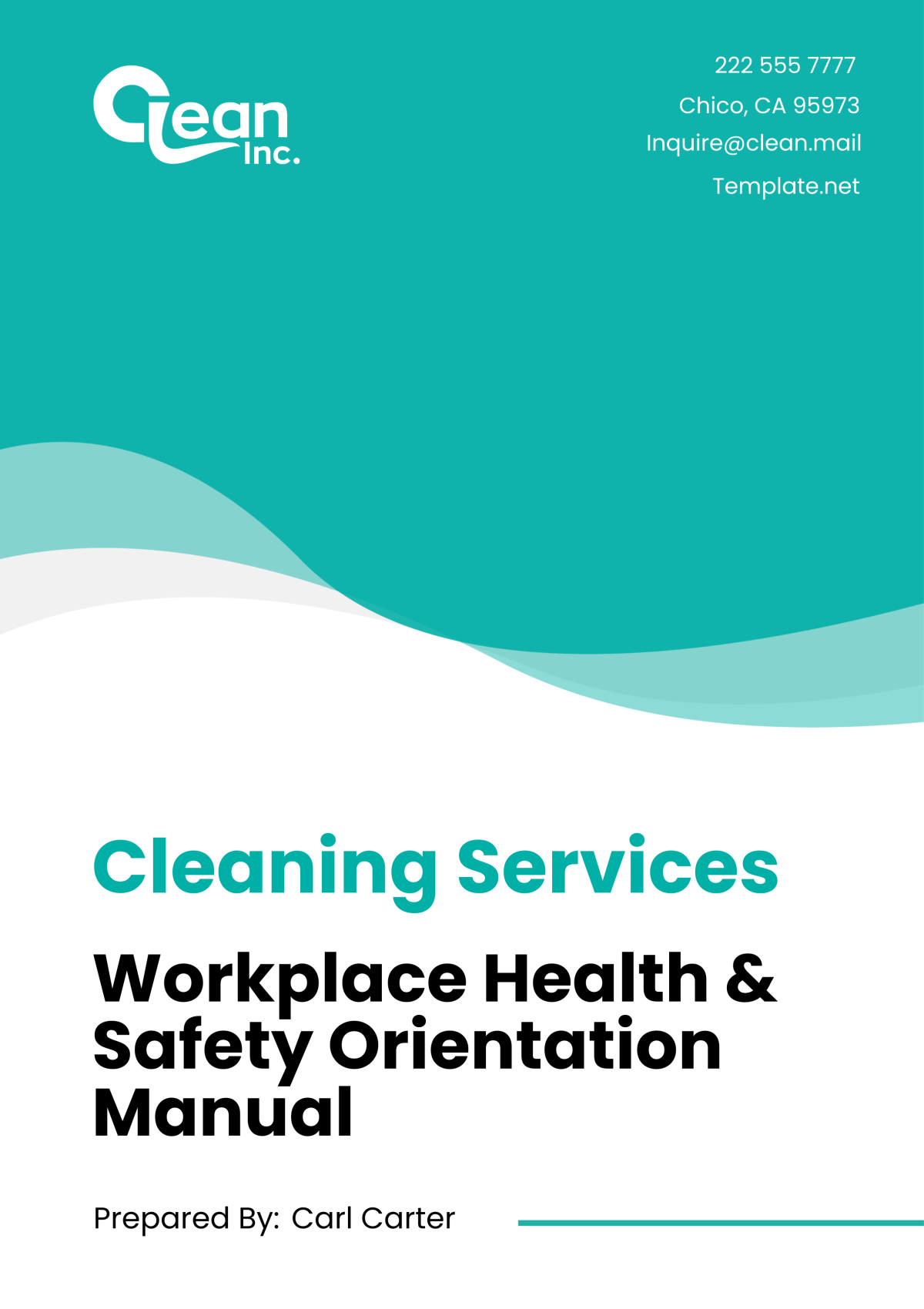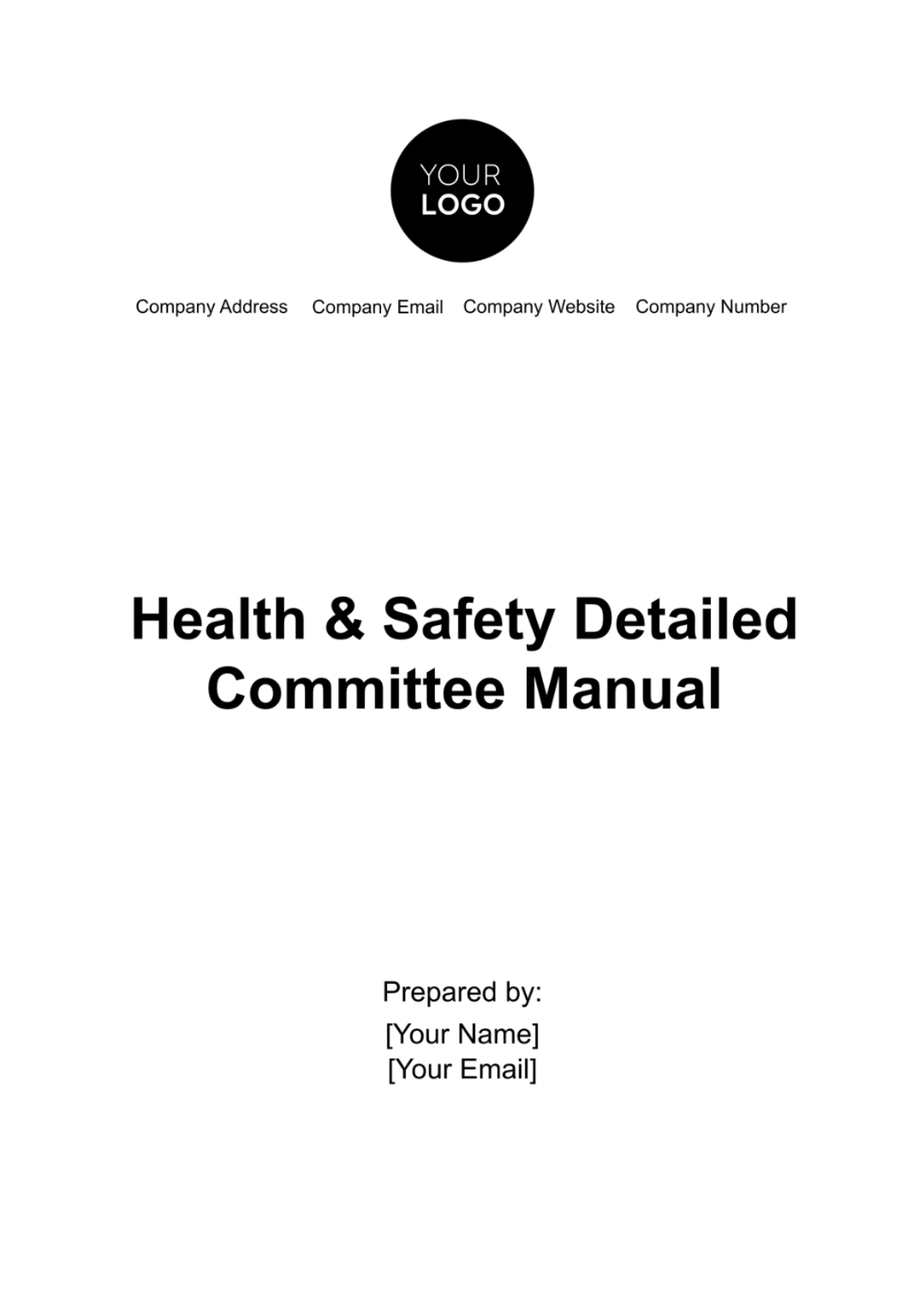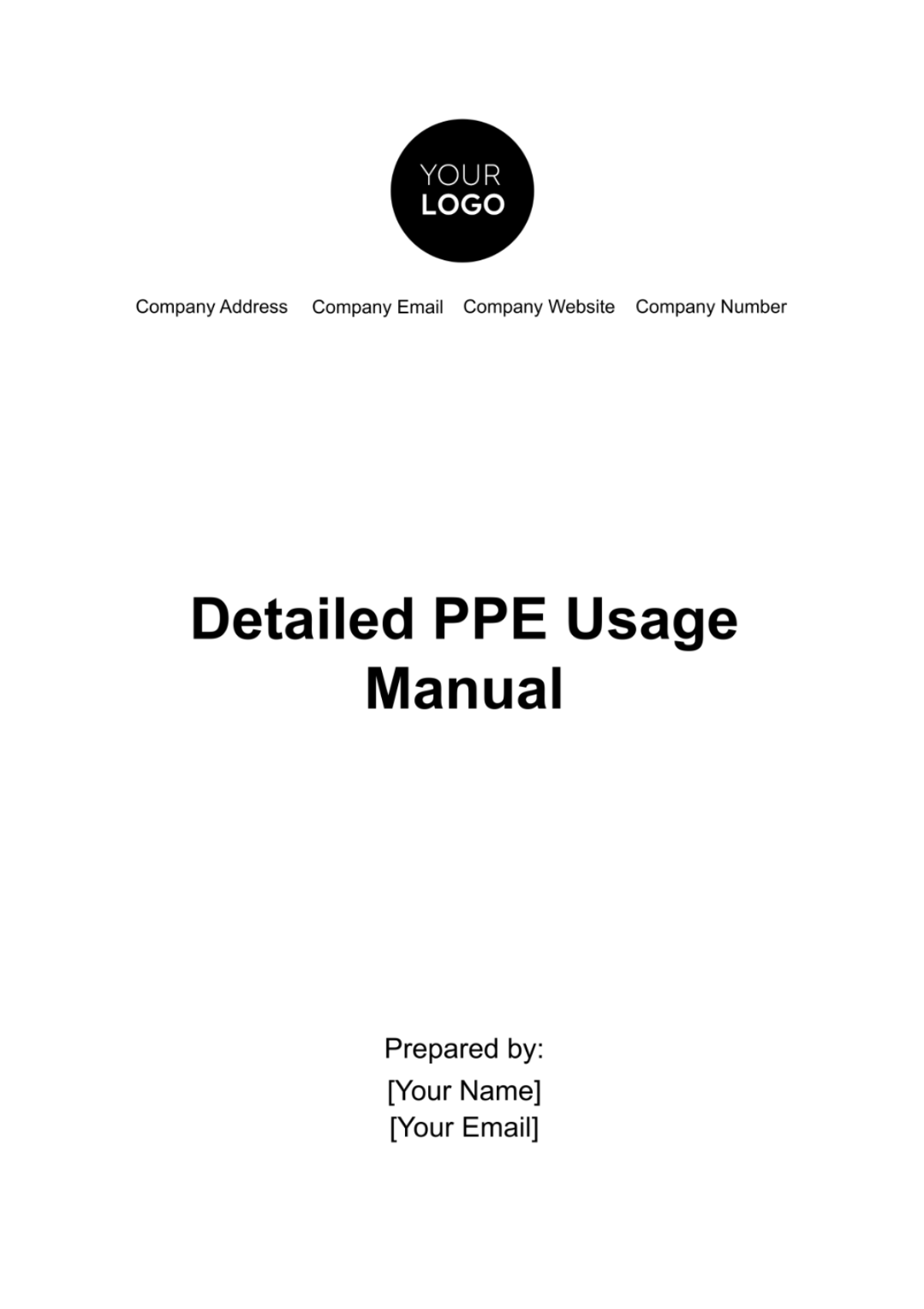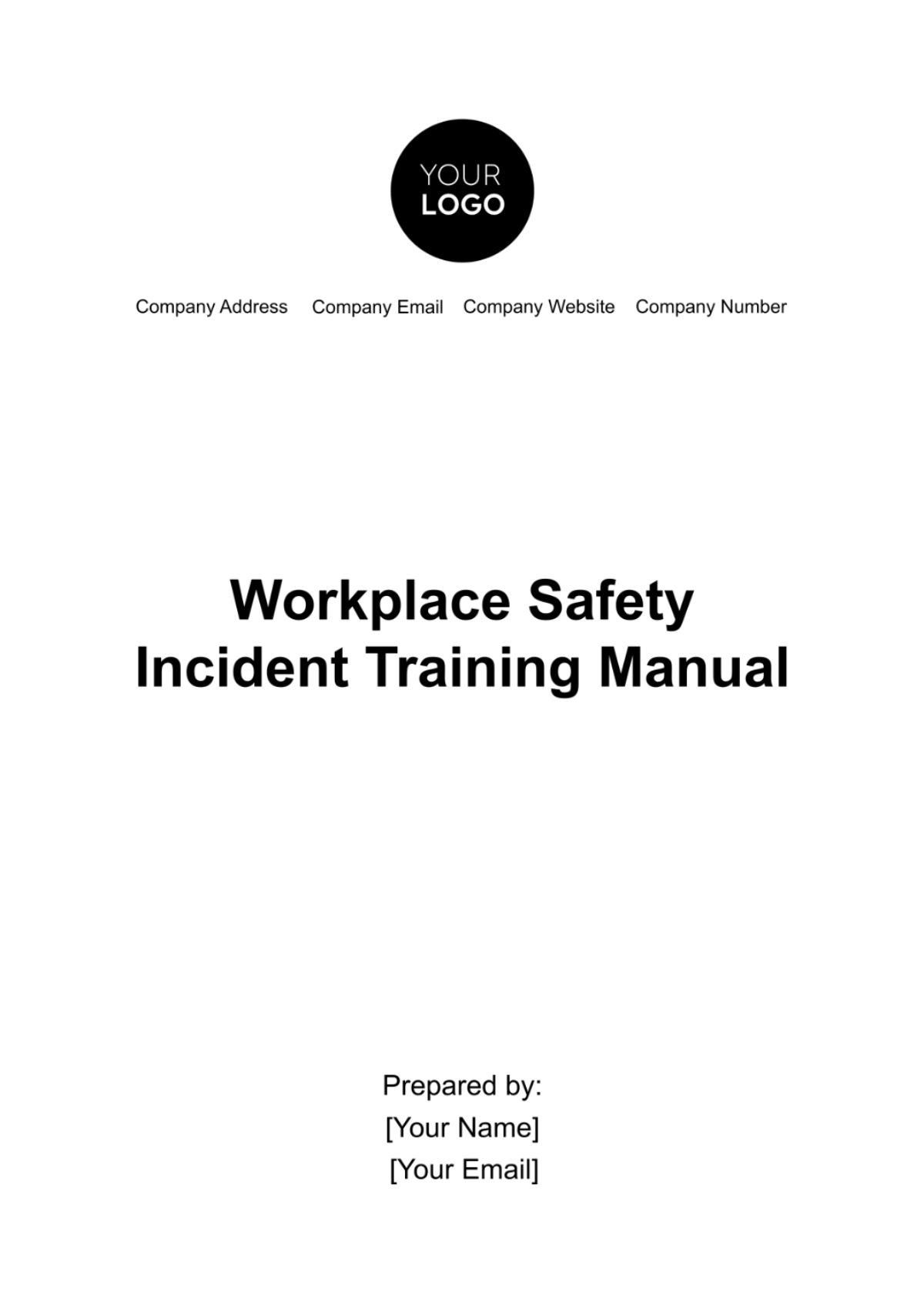Confined Space Entry and Work Manual
I. Introduction
A. Purpose
This manual is designed to establish safe practices and procedures for entering, working in, and exiting confined spaces in [Your Company Name]. The purpose of this manual is to protect the health and safety of employees and contractors and to ensure compliance with applicable regulations.
B. Scope
This manual applies to all employees, contractors, and personnel involved in confined space entry and work activities conducted on [Your Company Name] premises. It outlines the responsibilities, procedures, and requirements necessary for safe entry and work within confined spaces.
C. Definitions
Confined Space: A space that is large enough for an employee to enter and perform work, has limited means for entry and exit, and is not designed for continuous occupancy.
Permit-Required Confined Space: A confined space that contains one or more recognized hazards, such as atmospheric, engulfment, or other serious safety or health hazards, requiring a permit for entry.
Non-Permit Confined Space: A confined space that does not contain any recognized hazards and does not require a permit for entry.
II. Responsibilities
Management Responsibilities | Description |
Implementation and Maintenance of This Manual | Management is tasked with overseeing the implementation and continuous maintenance of this comprehensive manual. This commitment to updating and enhancing our confined space entry procedures ensures that our practices remain current and effective. |
Confined Space Entry Team Responsibilities | Description |
Hazard Assessments and Atmospheric Testing | Entry teams are tasked with conducting thorough hazard assessments and atmospheric testing before any entry is authorized. This vital step ensures that all potential dangers, especially atmospheric ones, are recognized and addressed. |
Authorized Entrant Responsibilities | Description |
Attendance at Required Training | Authorized entrants must attend and successfully complete the training programs mandated for their role. This training equips them with the knowledge and skills necessary for safe entry and work within confined spaces. |
III. Hazard Identification and Assessment
A. Initial Assessment
Before entering a confined space, the entry team must conduct a thorough assessment to identify potential hazards. This includes assessing atmospheric conditions, physical hazards, and any other potential risks associated with the space.
B. Continuous Monitoring
Continuous monitoring of atmospheric conditions and hazards inside the confined space must be conducted throughout the duration of the work. Any changes in conditions must be immediately addressed, and the entry team must reassess the situation.
IV. Confined Space Classification
A. Permit-Required Confined Spaces
Permit-required confined spaces are those that contain hazards requiring a permit for entry. These hazards may include but are not limited to:
Hazardous atmospheres (e.g., toxic gasses, flammable vapors).
Engulfment hazards (e.g., liquids, solids).
Physical hazards (e.g., electrical, falling objects).
Confined spaces that have limited or restricted means of entry or exit.
B. Non-Permit Confined Spaces
Non-permit confined spaces do not contain recognized hazards and do not require a permit for entry. However, all safety precautions and procedures outlined in this manual must still be followed when entering and working in non-permit confined spaces.
V. Entry Procedures
A. Permitting Process
Permit-required confined spaces must undergo a permitting process before entry. This process includes:
Step 1. Hazard assessment
Step 2. Atmospheric testing
Step 3. Entry permit approval
Step 4. Pre-entry briefing
Step 5. Continuous monitoring during entry
B. Pre-Entry Procedures
Before entering a confined space, the following pre-entry procedures must be completed:
Step 1. Review of entry permit.
Step 2. Equipment and tool inspection.
Step 3. Verification of communication systems.
Step 4. Testing of ventilation equipment.
C. Entry Procedures
During entry, the following procedures must be followed:
Continuous monitoring of atmospheric conditions.
Monitoring of entrants' activities.
Proper use of PPE.
Strict adherence to the entry permit.
Communication with the attendant
D. Exit Procedures
Upon completion of work or in case of an emergency, entrants must follow exit procedures, including:
Returning to the designated exit point.
Informing the attendant of exit.
Proper decontamination procedures.
Completion of entry log.
VI. Training and Qualifications
A. Training Requirements
All personnel involved in confined space entry and work must receive the following training:
Confined space hazards and recognition.
Proper use of PPE.
Emergency procedures.
Atmospheric testing and monitoring.
Rescue and first aid procedures.
B. Qualifications for Team Members
Confined space entry team members must meet the following qualifications:
Attend and pass required training.
Demonstrate competence in hazard assessment and atmospheric testing.
Maintain physical fitness for confined space work.
C. Recordkeeping
Training records, qualifications, and certifications must be maintained and updated regularly. A recordkeeping system is established to track training and qualifications of all personnel involved in confined space entry.
VII. Equipment and Tools
A. Personal Protective Equipment (PPE)
All entrants and team members must wear appropriate PPE, including:
Respiratory protection (when required).
Fall protection equipment.
Protective clothing.
Hard hats, gloves, and safety glasses.
B. Confined Space Entry Equipment
Properly maintained equipment, including retrieval systems, lifelines, and harnesses, must be provided and used as needed during confined space entry and work.
C. Ventilation Equipment
Adequate ventilation equipment must be provided and tested before entry to ensure safe atmospheric conditions within the confined space.
D. Communication Equipment
Reliable communication systems, such as two-way radios or signaling devices, must be used to maintain constant communication between entrants and attendants.
VIII. Rescue and Emergency Procedures
A. Rescue Plan
A detailed rescue plan must be developed for each confined space, specifying rescue equipment, procedures, and personnel roles. The plan should be rehearsed periodically.
B. Emergency Procedures
In the event of an emergency, entrants and attendants must follow established procedures for evacuation, notification, and emergency response. Prompt medical assistance must be provided if necessary.
C. First Aid and Medical Assistance
Qualified personnel trained in first aid and CPR must be available during confined space entry. Provisions for rapid access to medical assistance, including a contact list of emergency services, must be established.
IX. Documentation and Records
A. Entry Permit Records
All entry permits, including hazard assessments, atmospheric testing results, and signatures, must be retained for a minimum of [Duration] and made available for review upon request.
B. Training Records
Training records, qualifications, and certifications of personnel involved in confined space entry must be maintained and readily accessible for auditing purposes.
C. Incident and Near-Miss Reporting
All incidents, accidents, and near-miss events related to confined space entry must be promptly reported, investigated, and documented. Corrective actions must be taken to prevent recurrence.
This manual represents the commitment of [Your Company Name] to the safety and well-being of its employees, contractors, and all individuals involved in confined space entry and work activities. It is the responsibility of every team member to adhere to the procedures and guidelines outlined in this manual to ensure a safe working environment.
